Please read the lesson material below and answer the questions for the lesson. Don't forget to include your contact information so we can review your answers and respond to your comments or questions. If you make at least 60%, you should continue onto the next lesson. Otherwise, please review the material and try again. You need to average at least 70% to pass the course. We will contact you via email within a few days of receiving your answers.
Can We Believe the Bible?
The Documents

“Can we believe the Bible?” This is a question that people have been asking for a very long time. It is a question that each generation has to answer for itself. When someone asks this question, many people have different reactions and responses.
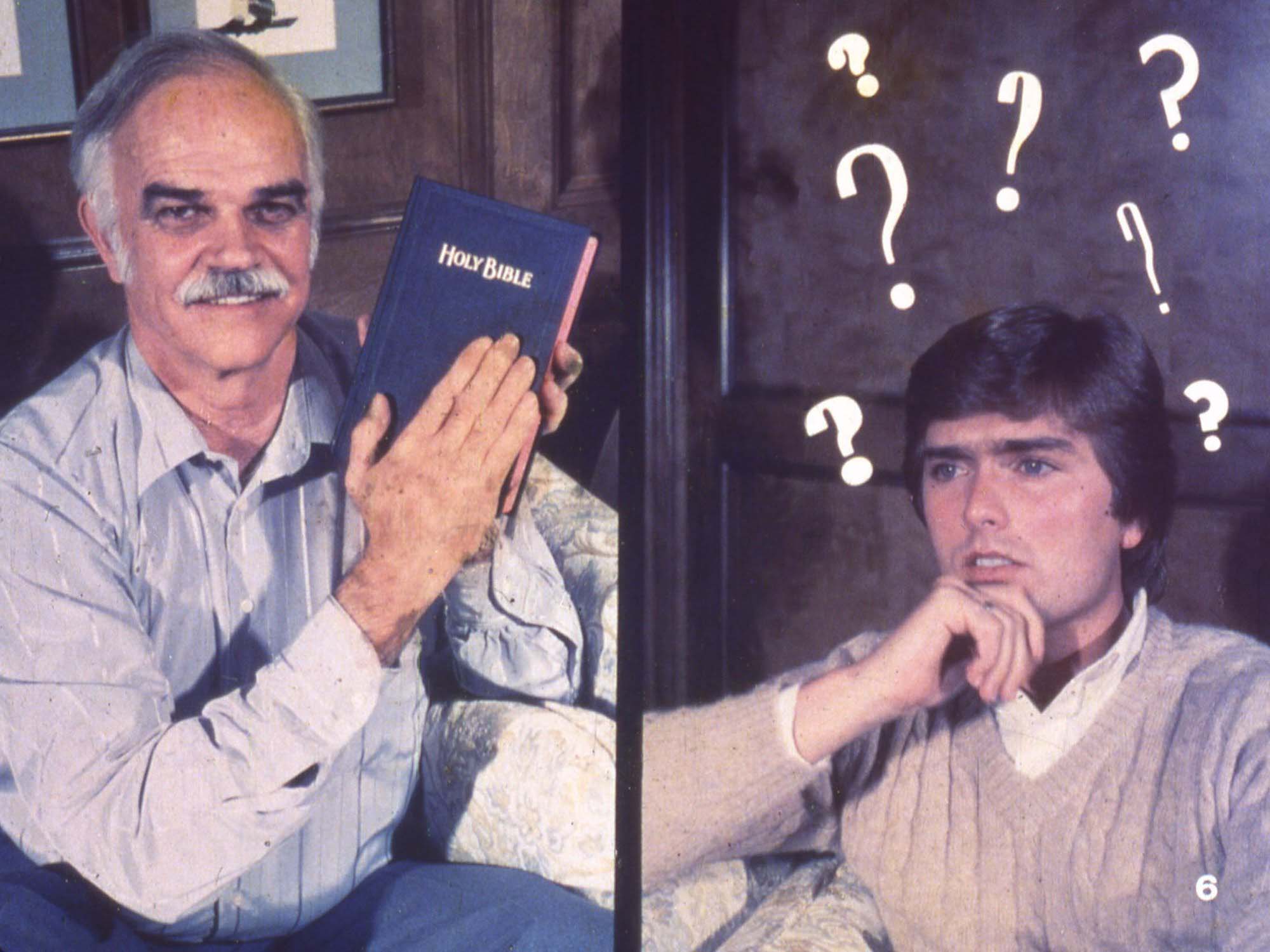
For many people any question asked about the Bible is completely unnecessary. Their immediate reaction to this kind of questions is, “Of course we can believe the Bible! If we can’t believe the Bible then what can we believe?” But for many other people this question is something that requires more investigation.
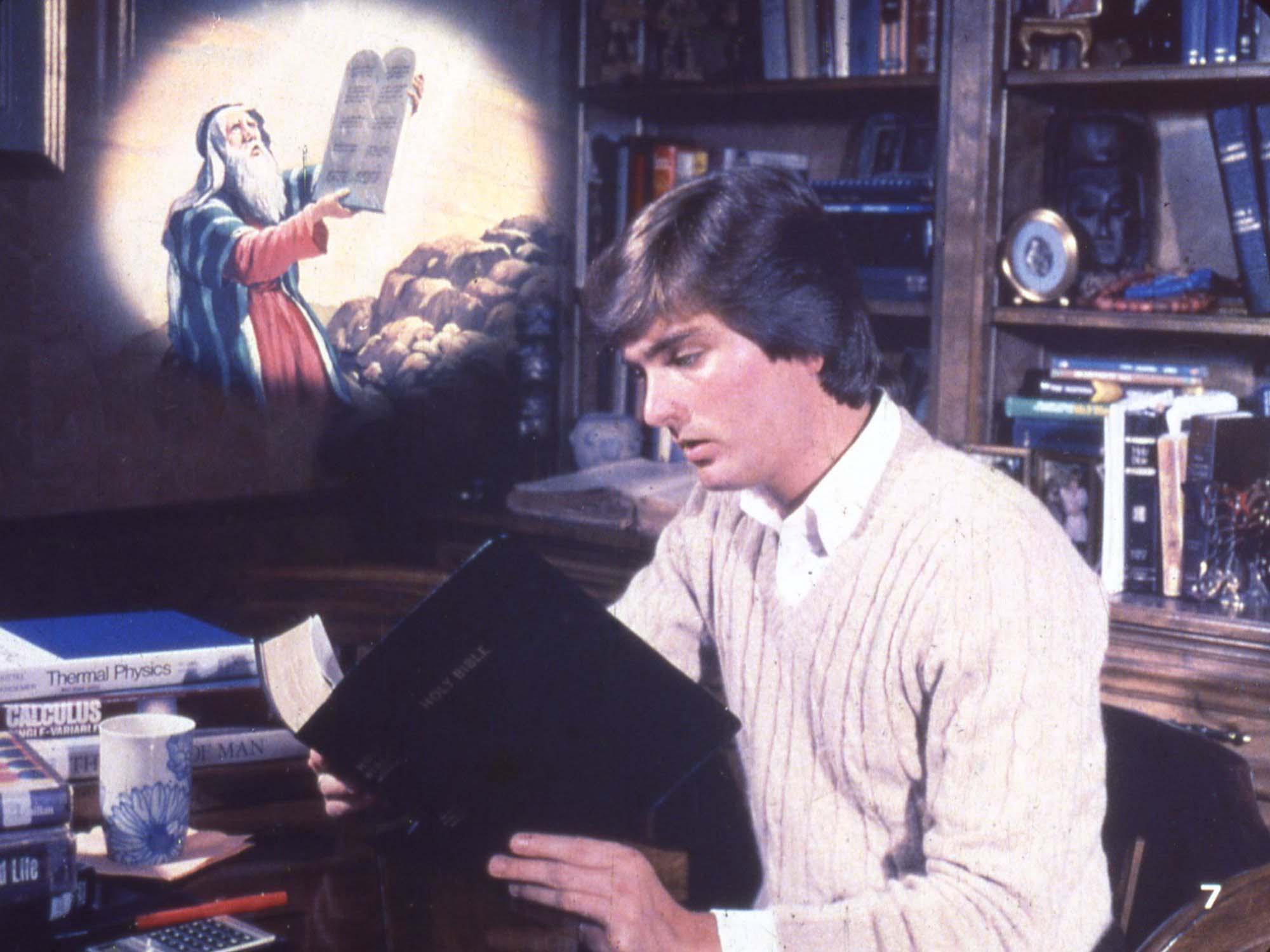
Sometimes people don’t trust the Bible because they feel it has a sense of unreality about it. After all, doesn’t the Bible talk about things that happened in ancient history? Didn’t its main characters like Abraham, Moses, David and even Jesus live years ago?
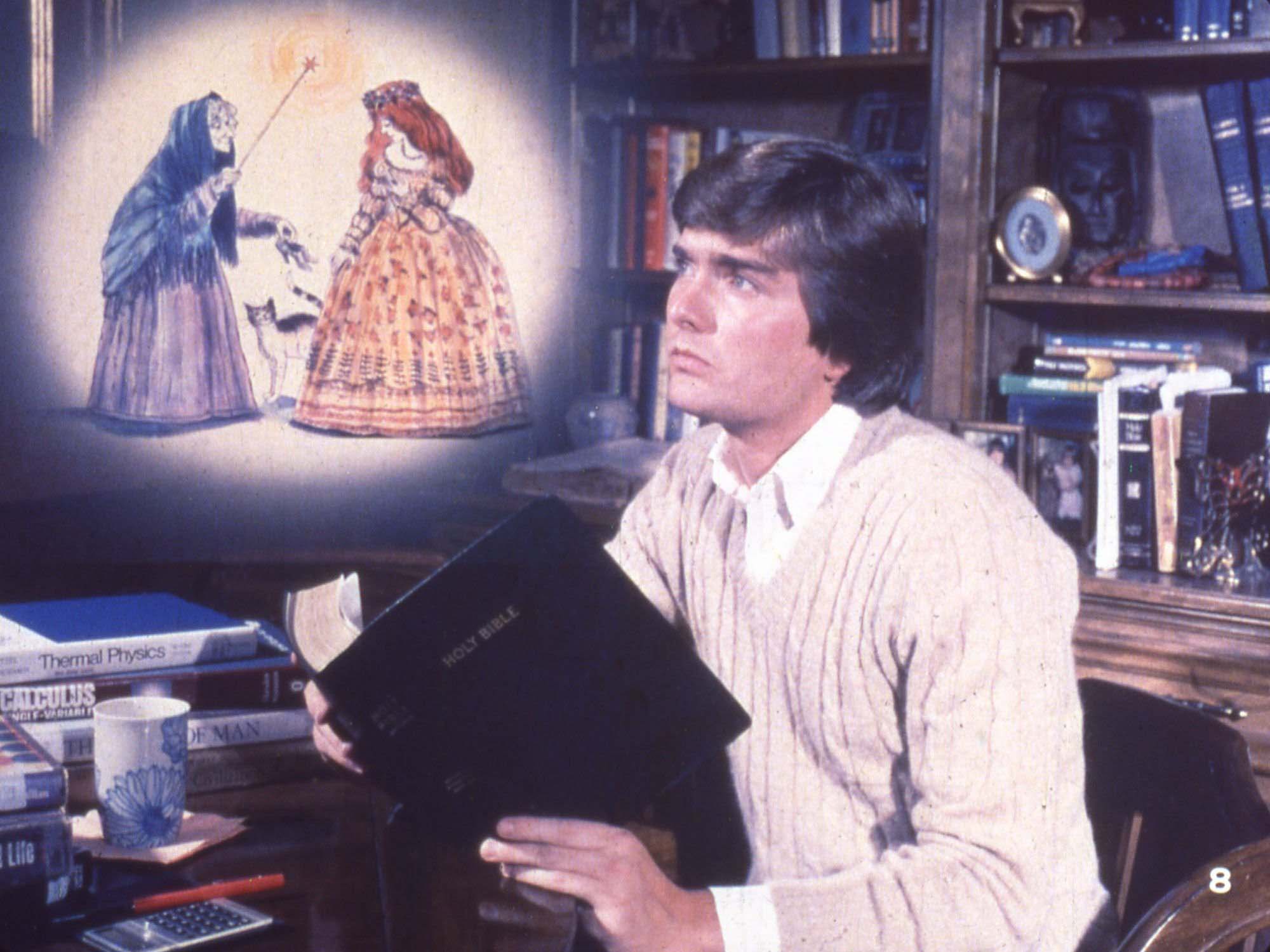
Other people are doubtful about the Bible because they think it is like a book of mythology with stories like the ones told by the Greeks and the Romans. Some people also think the Bible is like a book of fairy tales.
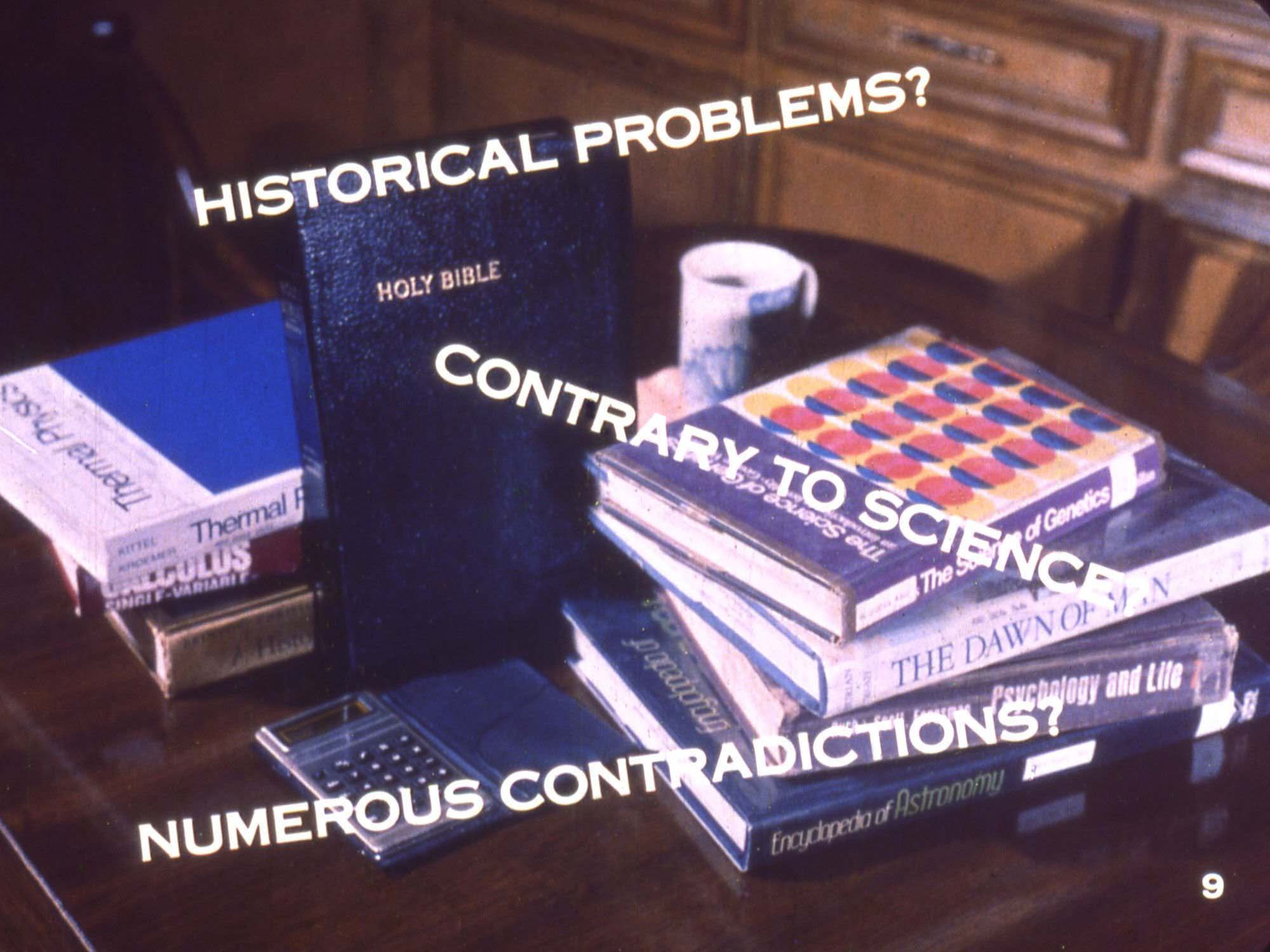
They also ask, "Aren’t there historical problems in the Bible?", "Doesn’t the Bible go against Science?", "Aren’t there many contradictions in the Bible?" These are good questions that deserve answers. These are not questions that we can just ignore. Questions that will not go away need answers and this makes us investigate further. We shouldn’t be afraid of these questions.
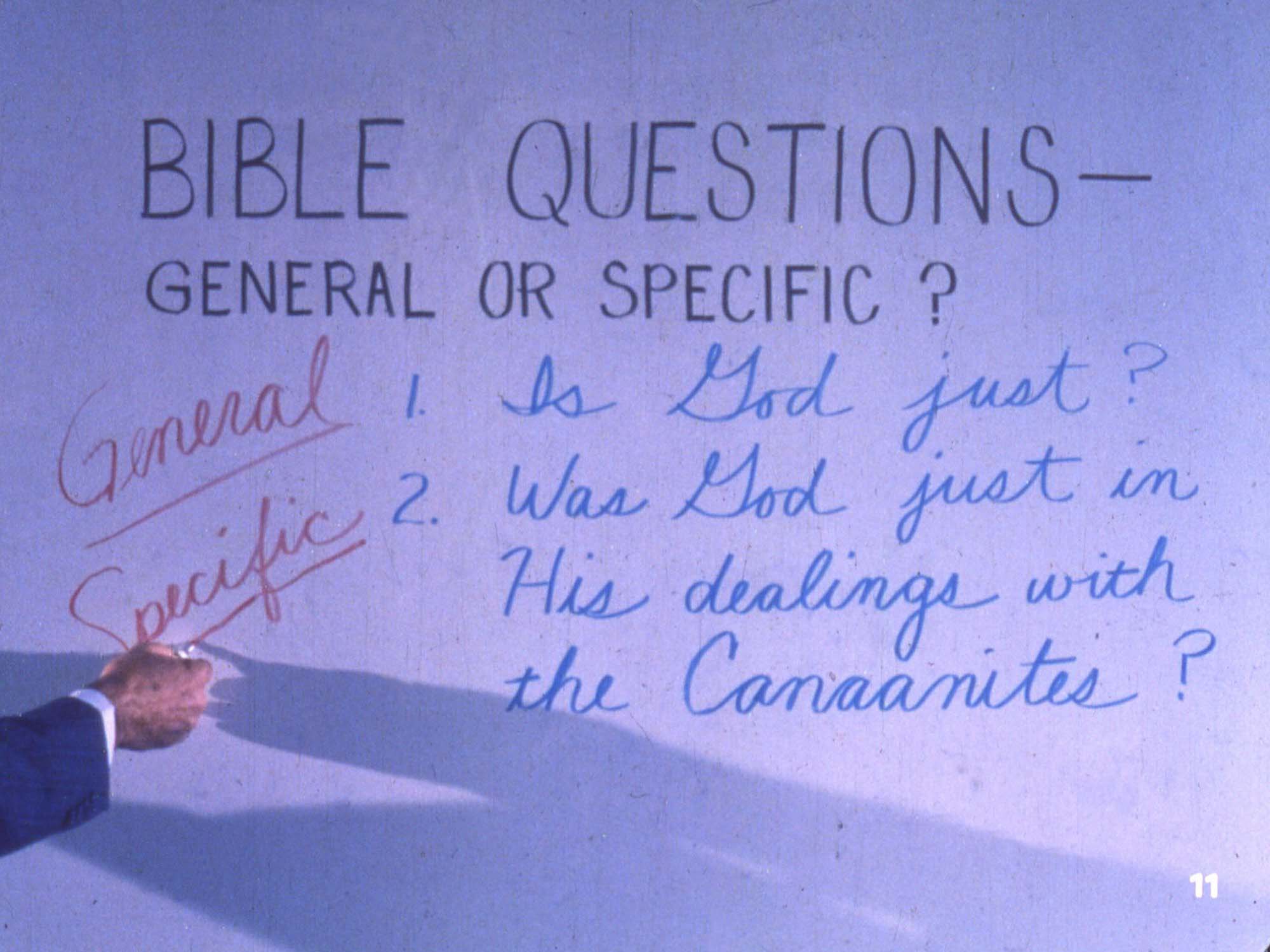
Many questions people ask about the Bible are simply too broad in topic. Instead of asking the question, “Is God just?” we should ask a more specific question like, “Was God just in His dealings with the Canaanite people?” In our study we will cover historical and scientific questions, but we will not try to prove every single aspect of the Bible. When we answer the question, “Can we believe the Bible?” we will cover five areas:
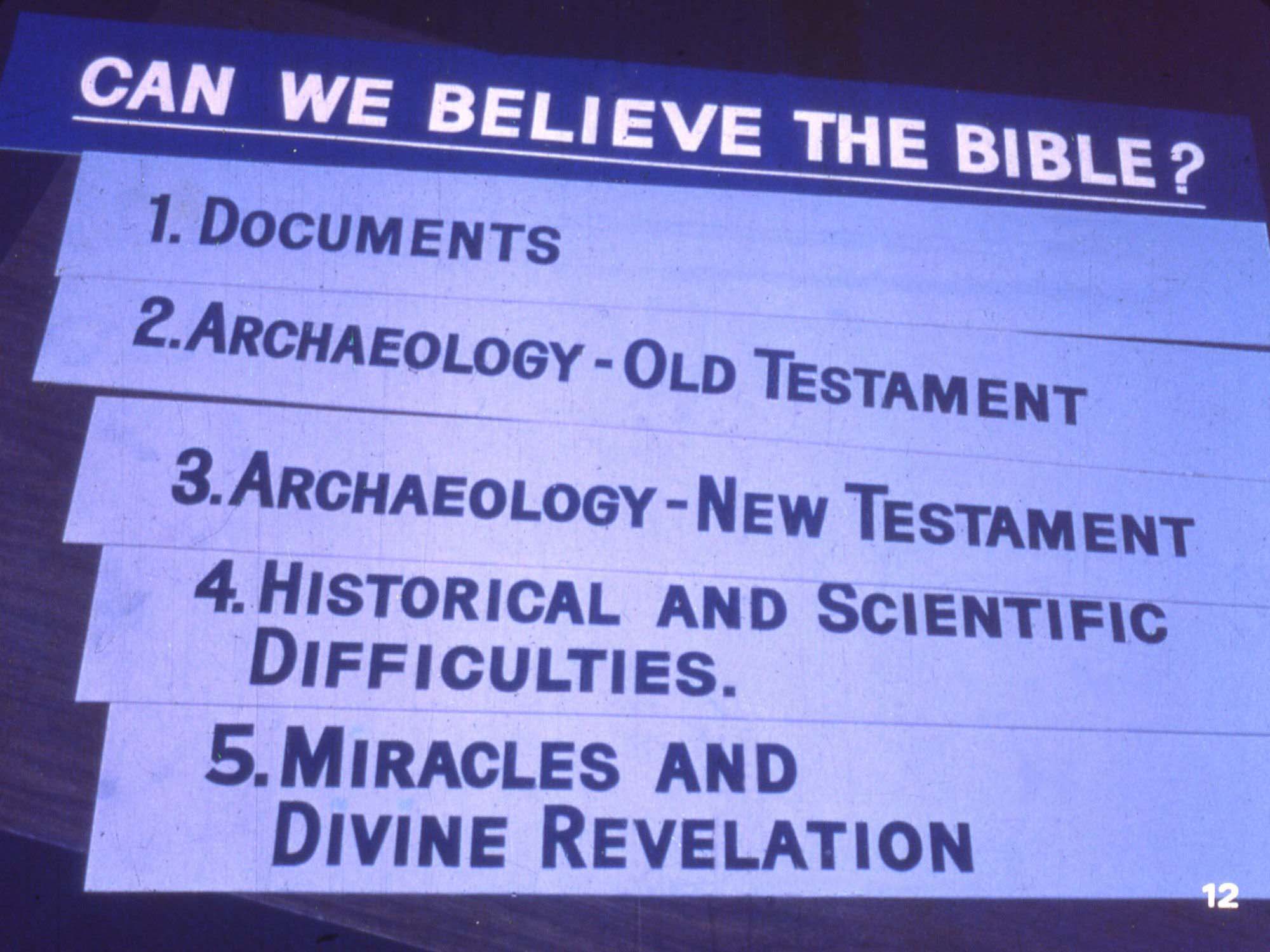
The actual documents of the Bible are a good beginning point. Can we believe and trust these documents? What can we learn from them? When we use the word “documents” we are talking about the original writings of the Bible.
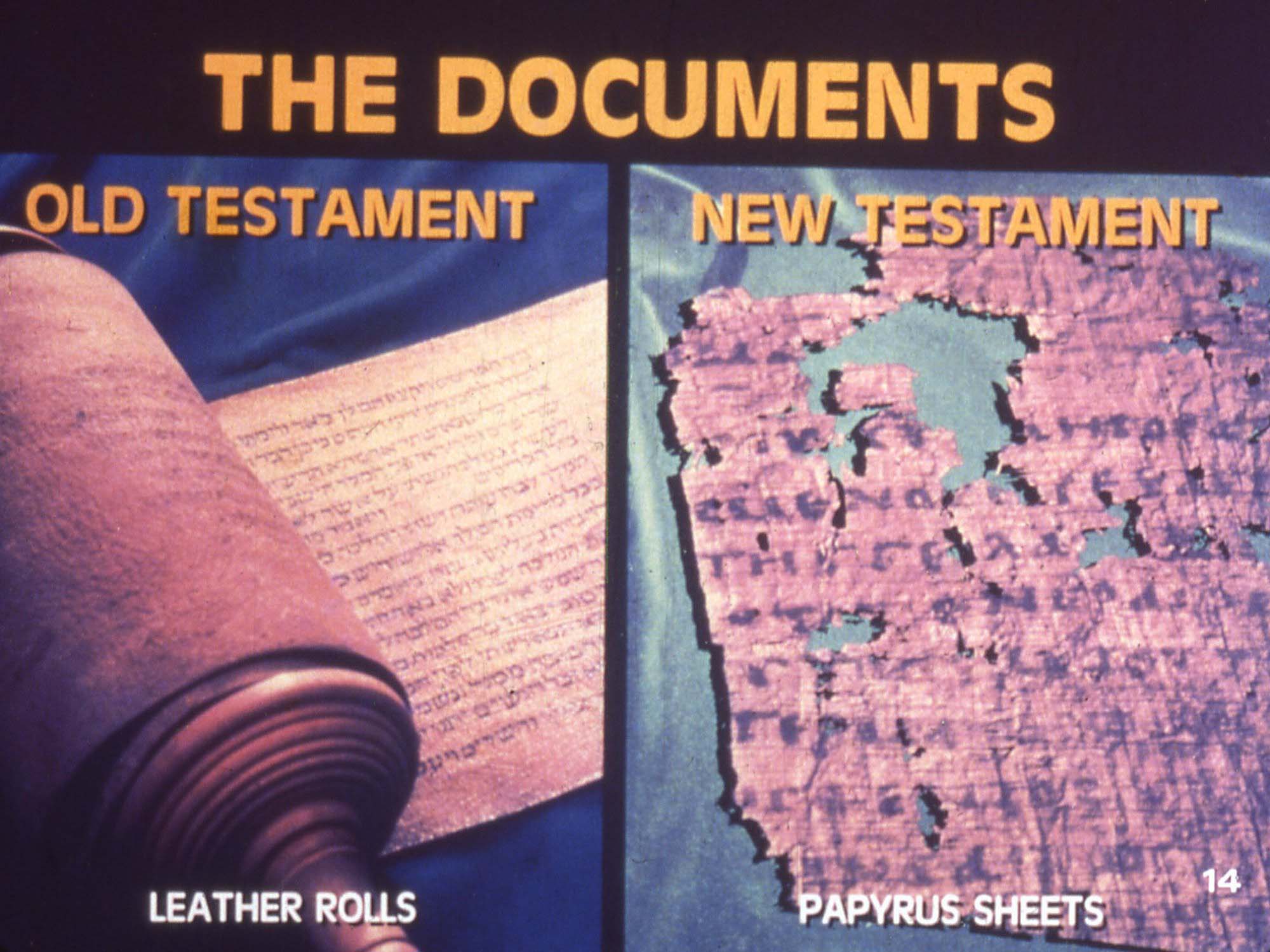
The Old Testament books were first written on leather and the New Testament books were first written on papyrus. An important question about these documents is, "When were they written?” Were these documents written at the same time as the events they record or were they written at a later time? The closer to the time of the actual event the document is, then the more reliable it is and the more we can trust it.
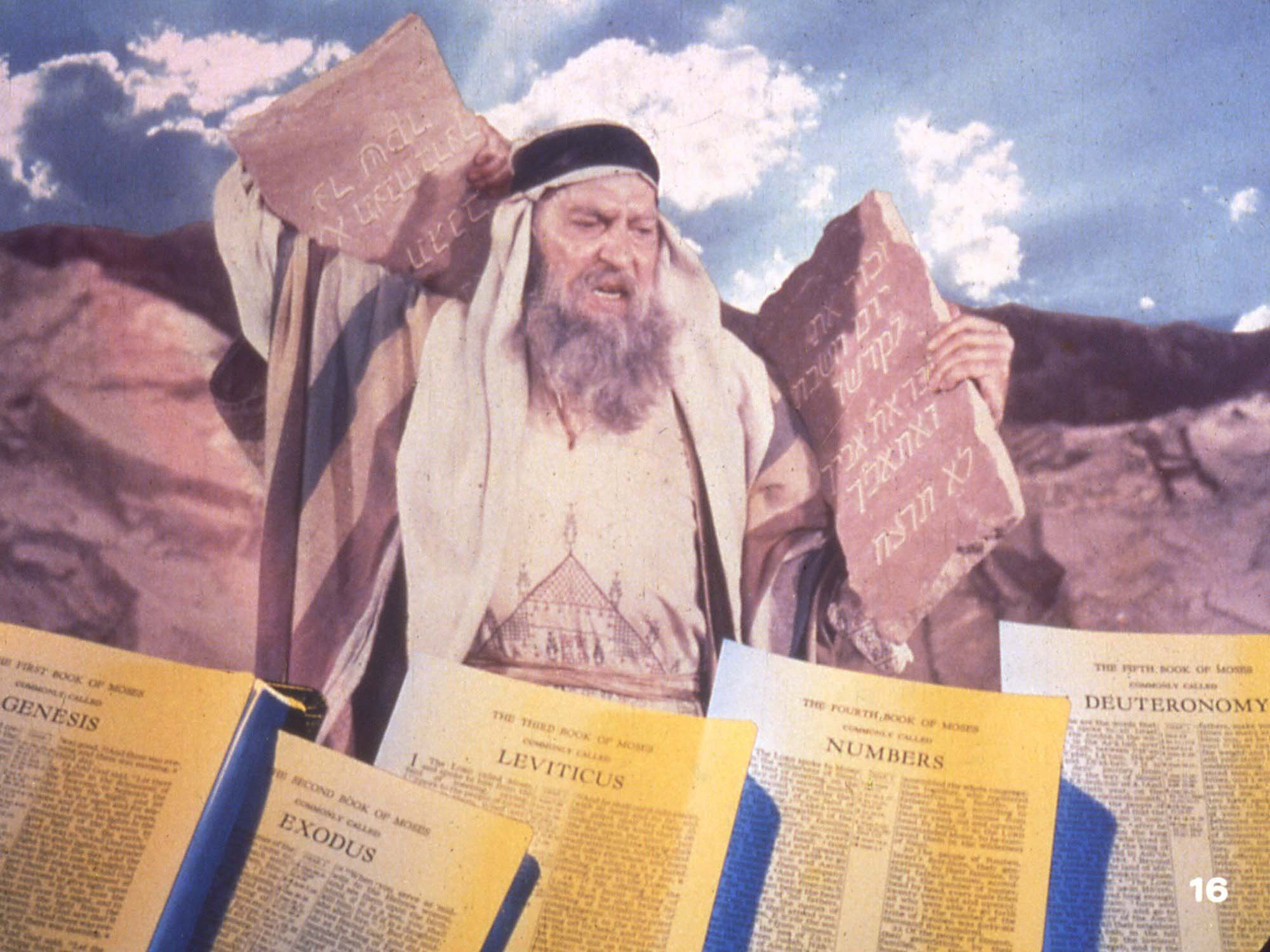
With the Old Testament, the oldest writings go back to the time of Moses. Most people agree that the first five books of the Bible (Genesis, Exodus, Leviticus, Numbers, and Deuteronomy) were written by Moses. Jesus himself quoted from these books and said the statements came from Moses (For example Mark 7:10). Exodus through Deuteronomy are directly connected with Moses because he is the main character in these books and they make specific mention of his writings. For example Deuteronomy 31:9, 24; Numbers 33:2.
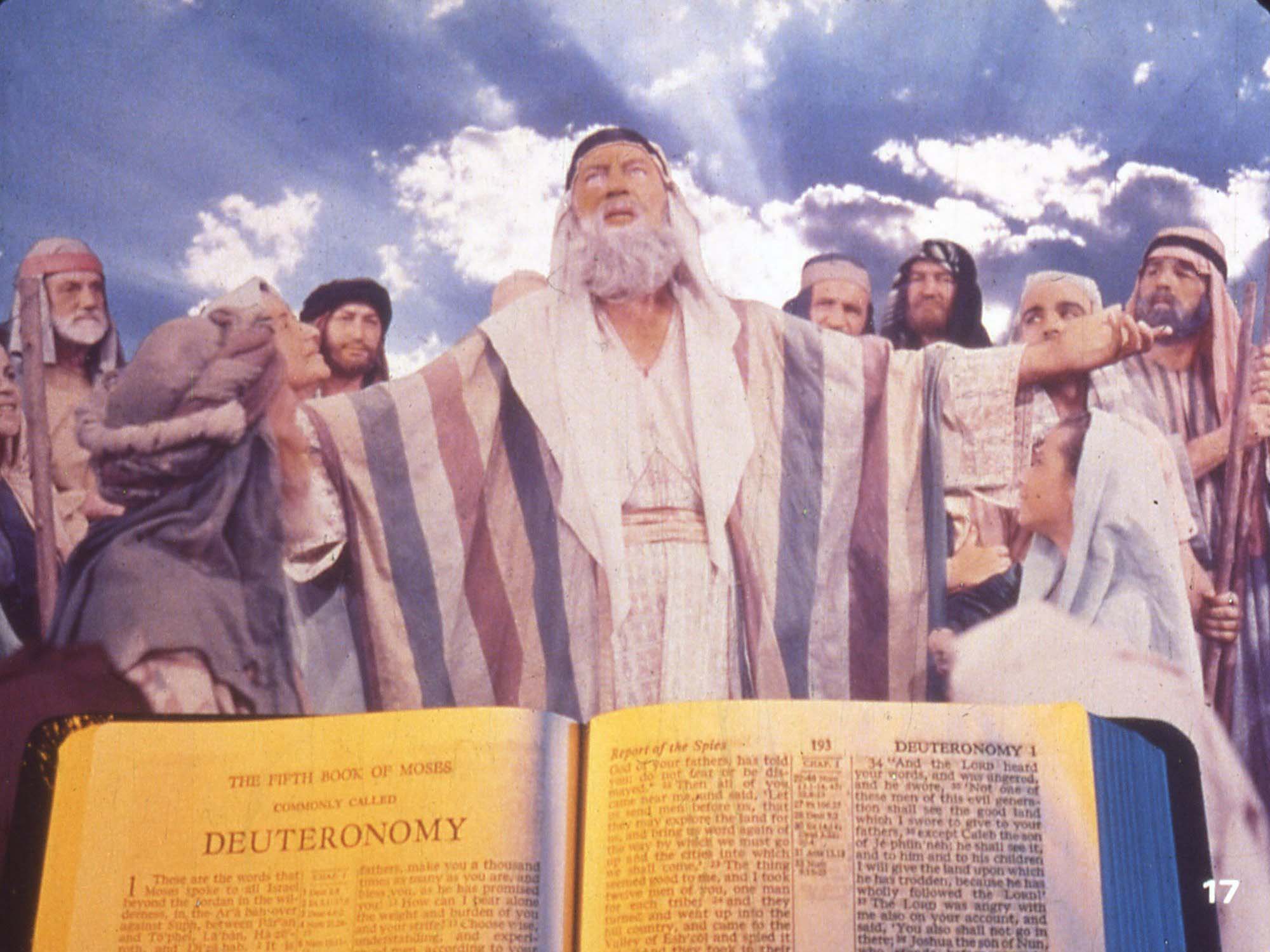
This is significant because it means that there was not a long time between the events that happened and when Moses wrote about it. In other words, the books about Moses go back to the time of Moses and not years later. These were not written by later generations who had no idea about Moses and the things that happened while he was alive. The same principle is applicable to other Old Testament books. The closeness between the writings and the events of which they speak makes the writings much more reliable.
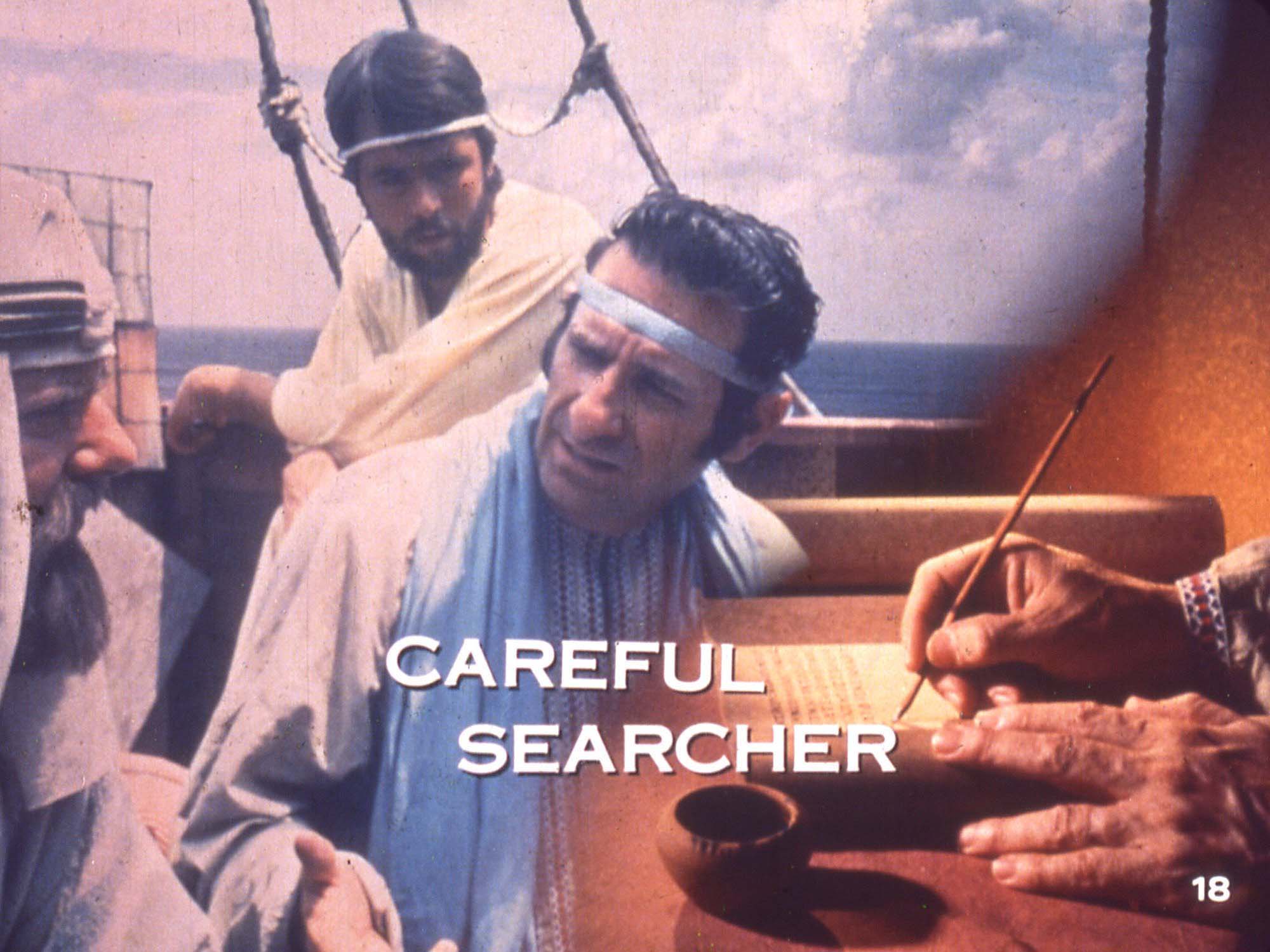
In the New Testament, the picture is even clearer. For instance, Luke, who wrote the third gospel, was an early follower of Jesus and made a careful search into his life. Some of the other writers were eyewitnesses of Jesus. Jesus did not write any books about himself or his teachings but some of these followers did. The gospel of Luke starts with a reference to “the events that have happened among us” (referring to Jesus and the things that happened during his life) and then Luke says that “I... as one who has gone over the whole course of these events in detail… decided to write... to give you true knowledge about these matters.”
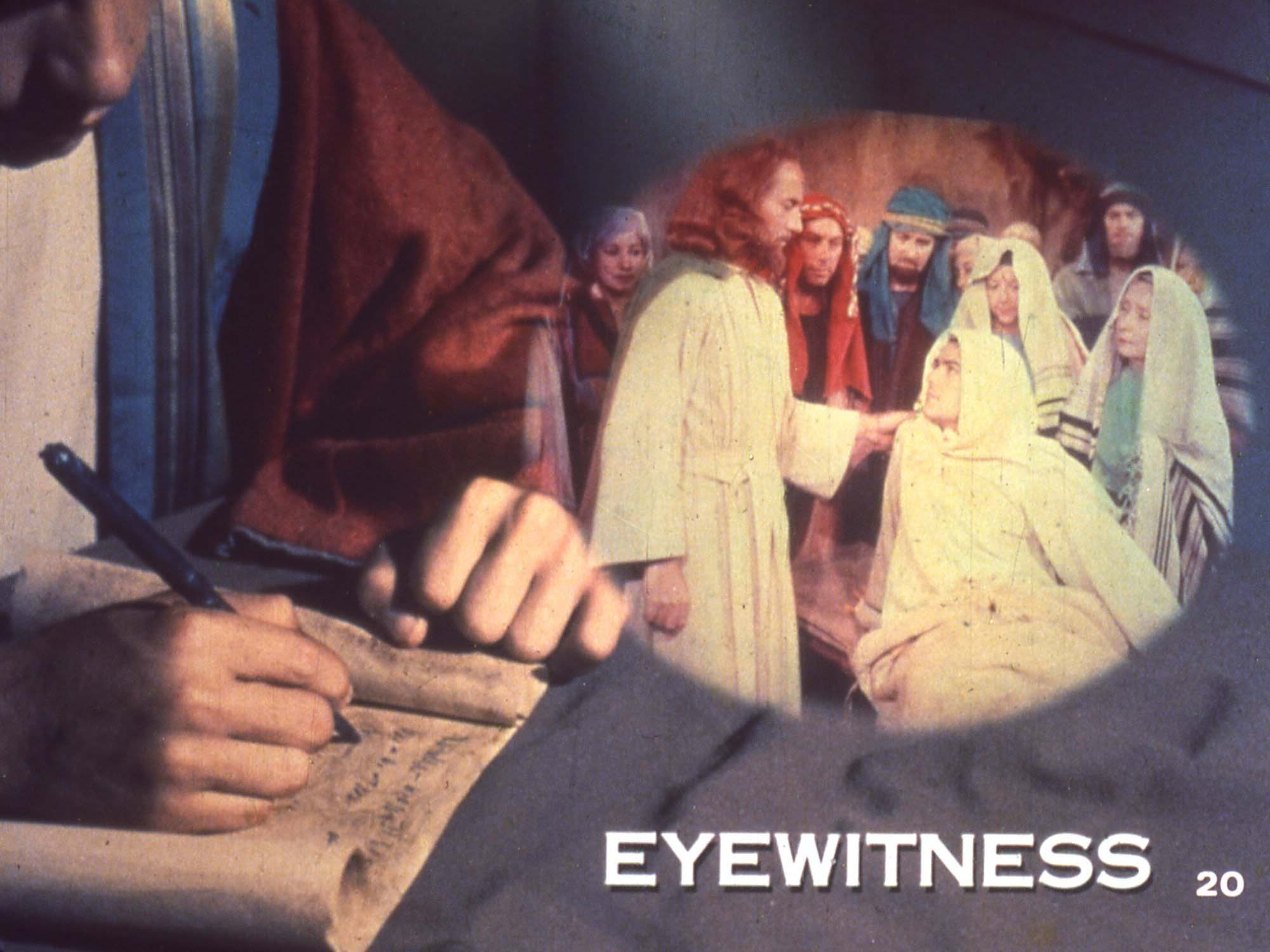
Although the gospel of Luke was written by someone who carefully investigated these things, the gospel of John was written by someone who was an eyewitness of Jesus. John actually observed many of the miracles and other events of Jesus’ life. This is emphasized by the end of John’s book. He refers to himself as “the disciple whom Jesus loved who had lain close to his breast at supper… this is the disciple who is bearing witness to these things and who has written these things.” And John also says “we know that his testimony is true."
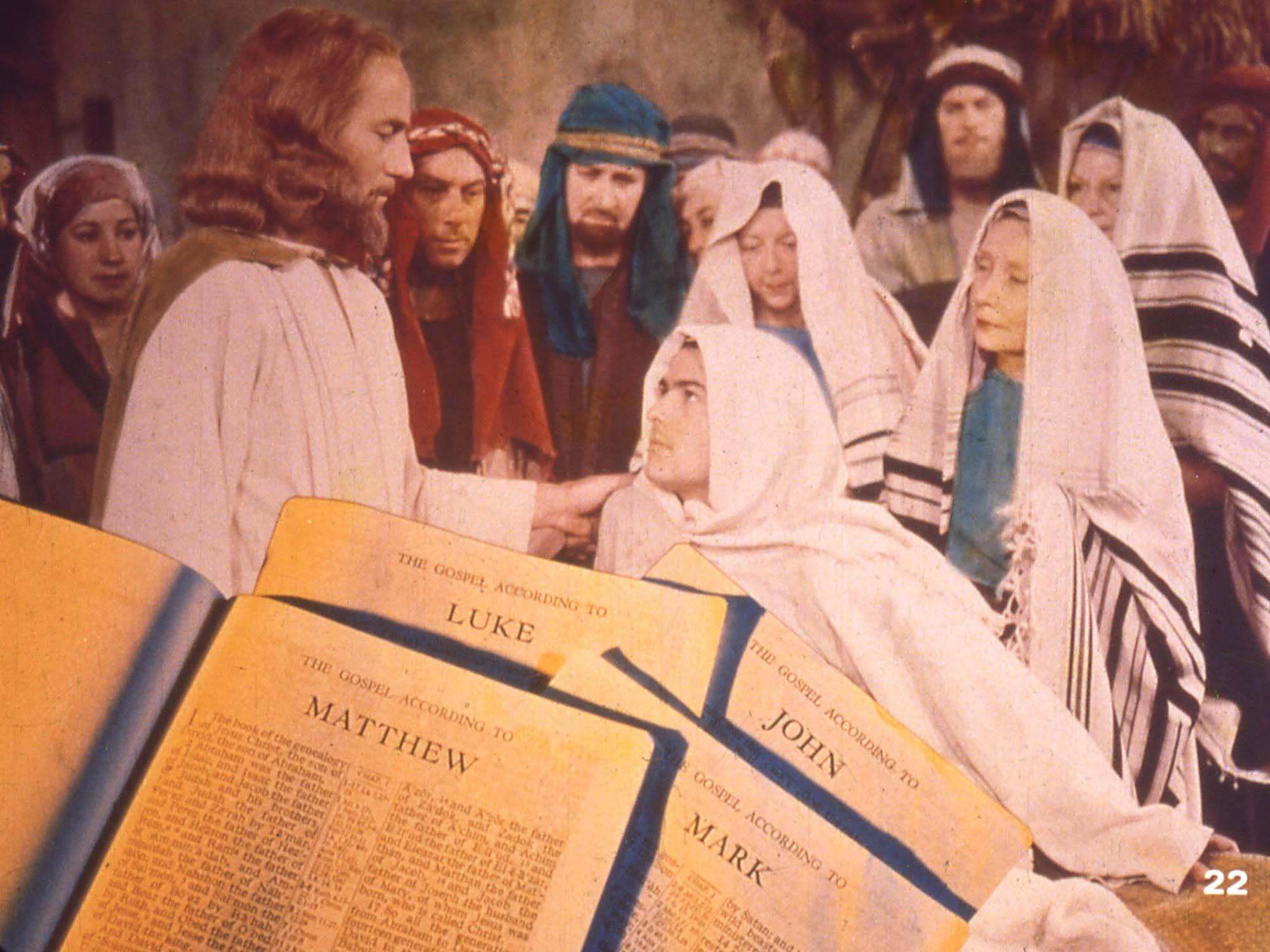
These gospels, Luke and John, along with the other two, Matthew and Mark, were written just a short time after Jesus lived. His eyewitnesses were still alive. It was possible through these eyewitnesses to trace things back to the beginning of Christianity. Jesus was born about 4 BC, was crucified in the year AD 30. The gospels (with the possible exception of John) were written in the decade of AD 60 or 70. Many of the letters written by the apostle Paul date back to AD 50 or 60.
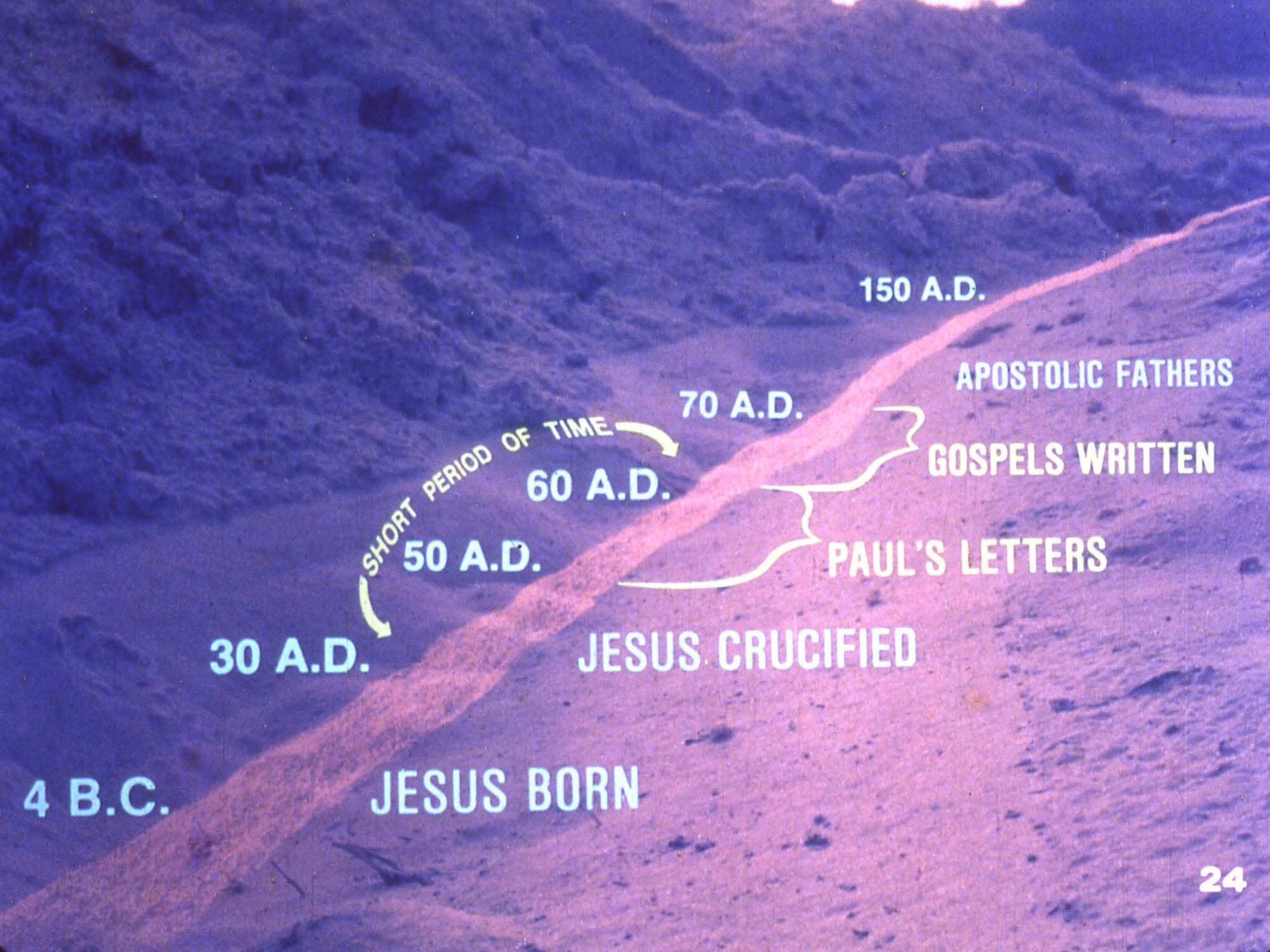
This means that for most of the New Testament letters, there is only a short period of time between Jesus’ life and the dates of the original documents written about these matters. This short space in time gives little possibility that this is a human invention or misrepresentation of the story.
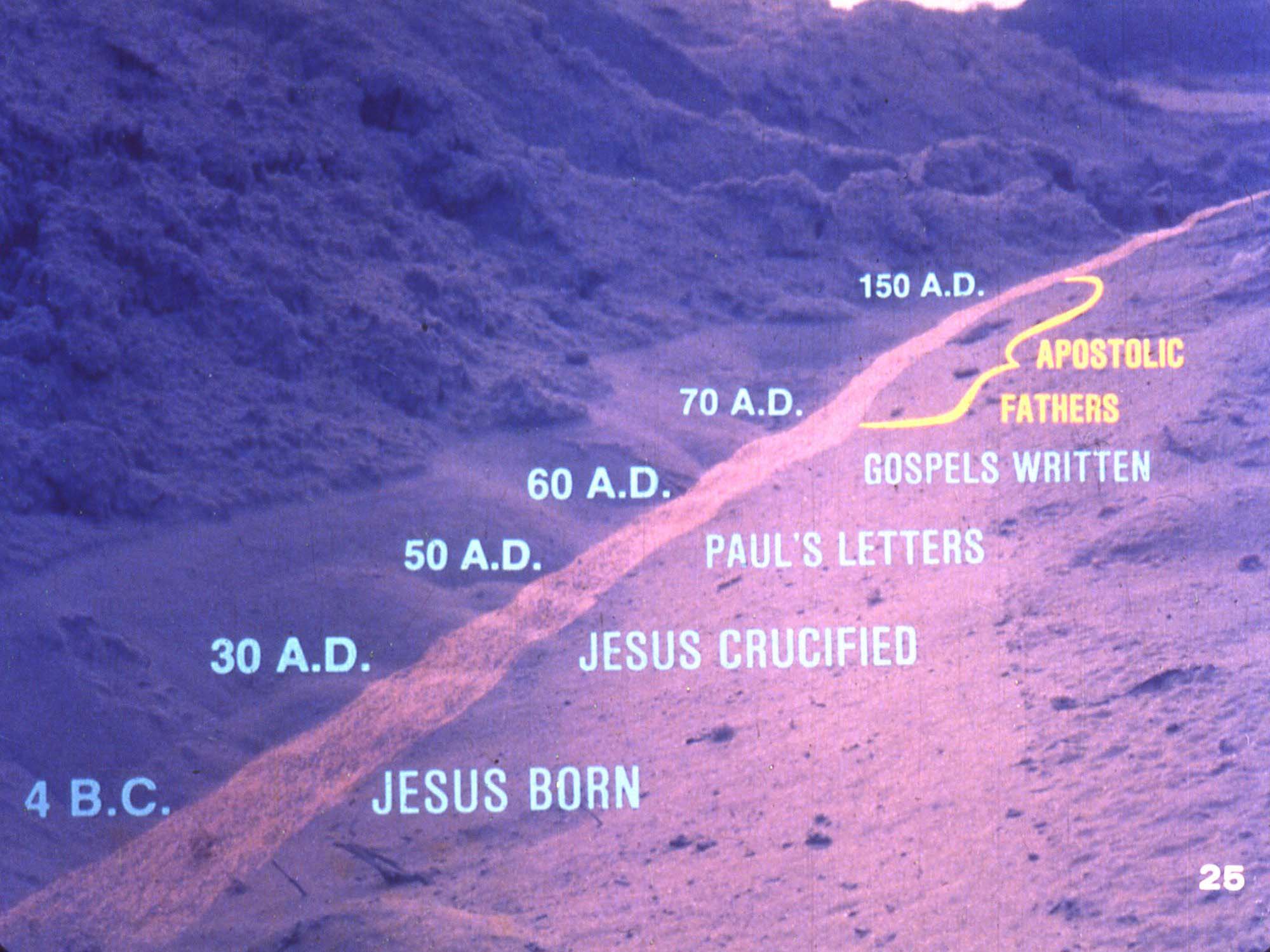
Another kind of evidence of the dates of the New Testament is from the writings of people known as the “Apostolic Fathers". These men, who were respected men in the church, lived close to the time of the original apostles. Their writings were mainly done in the end of the 1st century and the first half of the 2nd century. Many of their writings were read in early churches just like the earliest copies of the New Testament. The writings of these Apostolic Fathers are included in what is called the Ante-Nicene Fathers. They are called the Ante-Nicene Fathers because they lived before the council of Nicaea in AD 325. Through the years their writings have been gathered, translated, and studied by Bible scholars. They are on the bookshelves of many schools and churches.
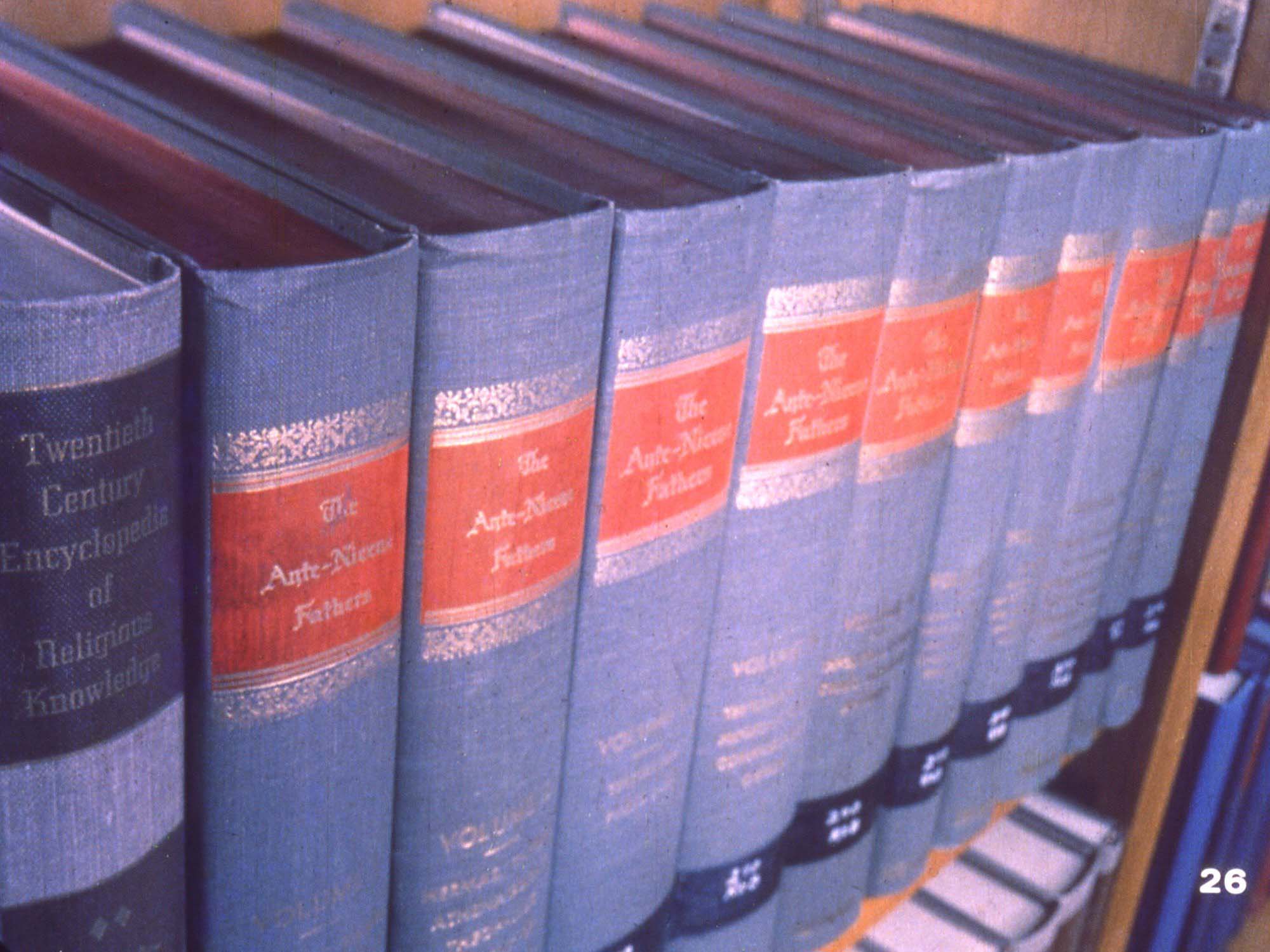
The writings of the Apostolic Fathers often refer to and quote from the New Testament books.
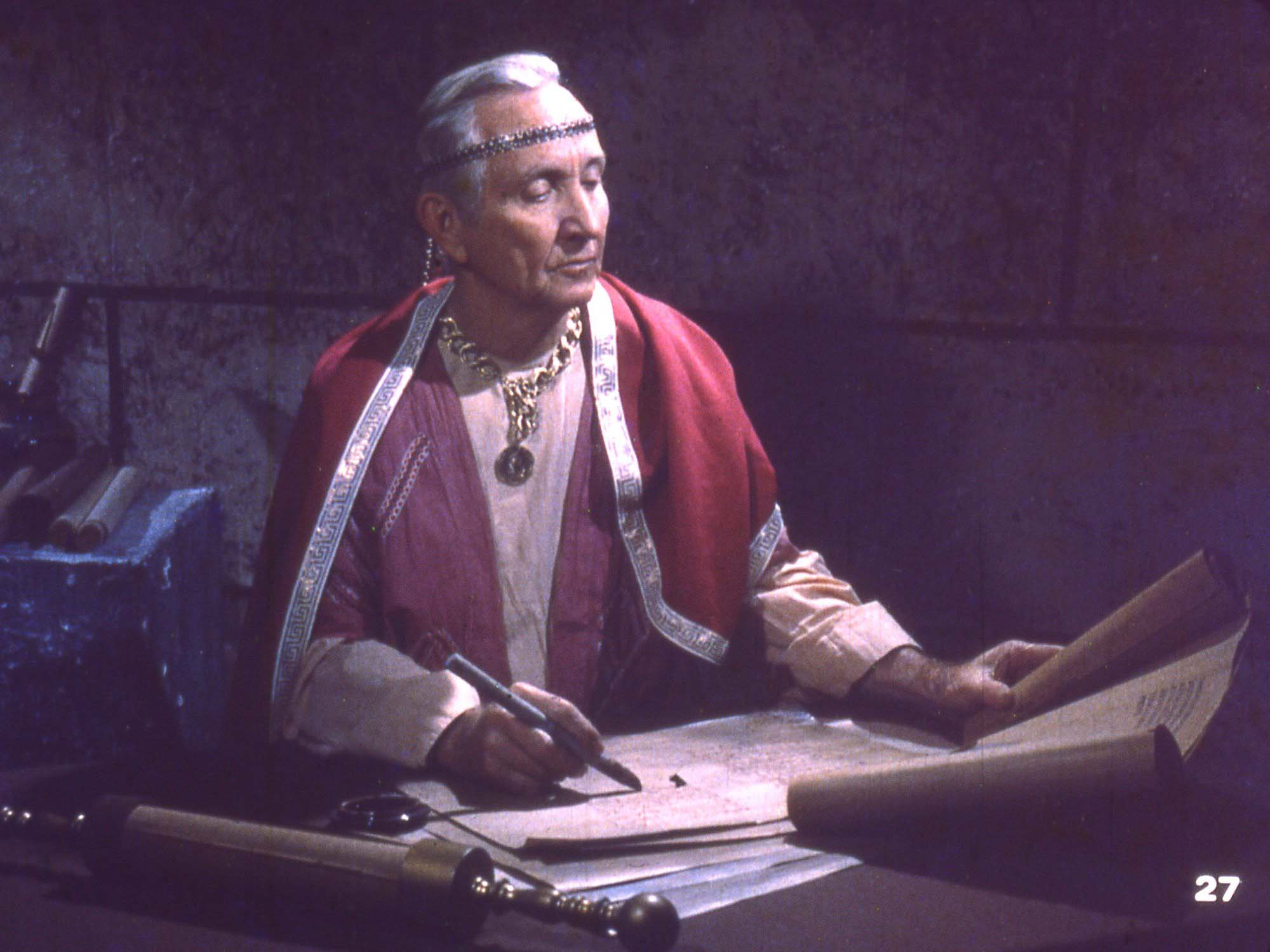
One example is Clement of Rome who wrote a letter to a church in Corinth at about AD 95. In his letter he quotes from the first three gospels, from Acts, Romans, 1st Corinthians, Ephesians, Titus, Hebrews and 1st Peter. There are other quotations that show of his knowledge of other New Testament books.
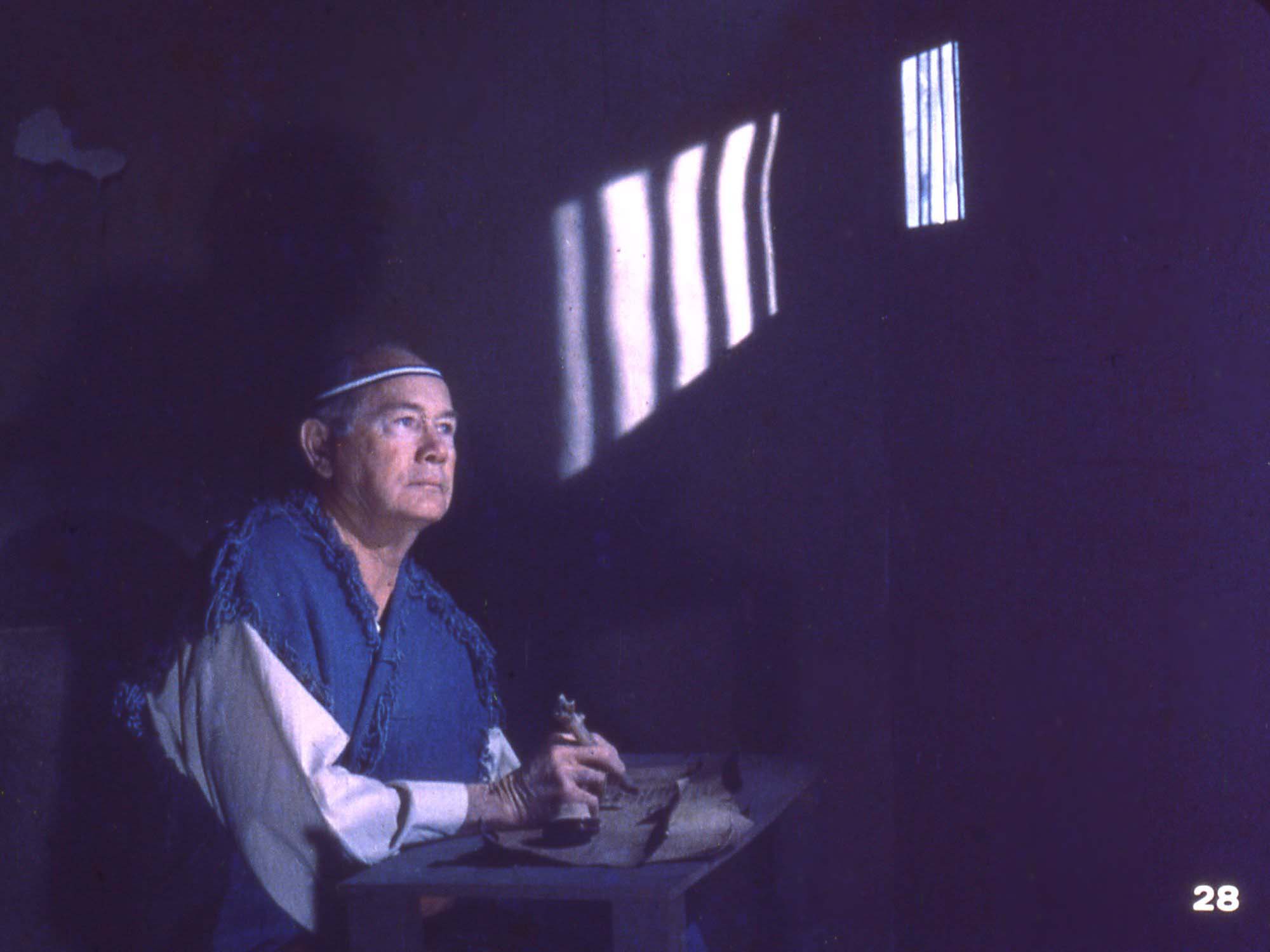
Another example is a man named Ignatius, whose letters to early Christians are dated about AD 108. He died as a martyr at Rome in the coliseum according to tradition. In his letters he quotes from 19 of the 27 books of the New Testament: Matthew, Mark, Luke, John, Acts, Romans, 1&2 Corinthians, Galatians, Ephesians, Philippians, Colossians, 2nd Thessalonians, 1&2 Timothy, Titus, Philemon, Hebrews and 1st Peter. Clement and Ignatius are only two of many examples that could be given. They are important examples because they show us that even in the early times the New Testament books were not only in existence but were also being read by many people and being quoted from by early Christians.
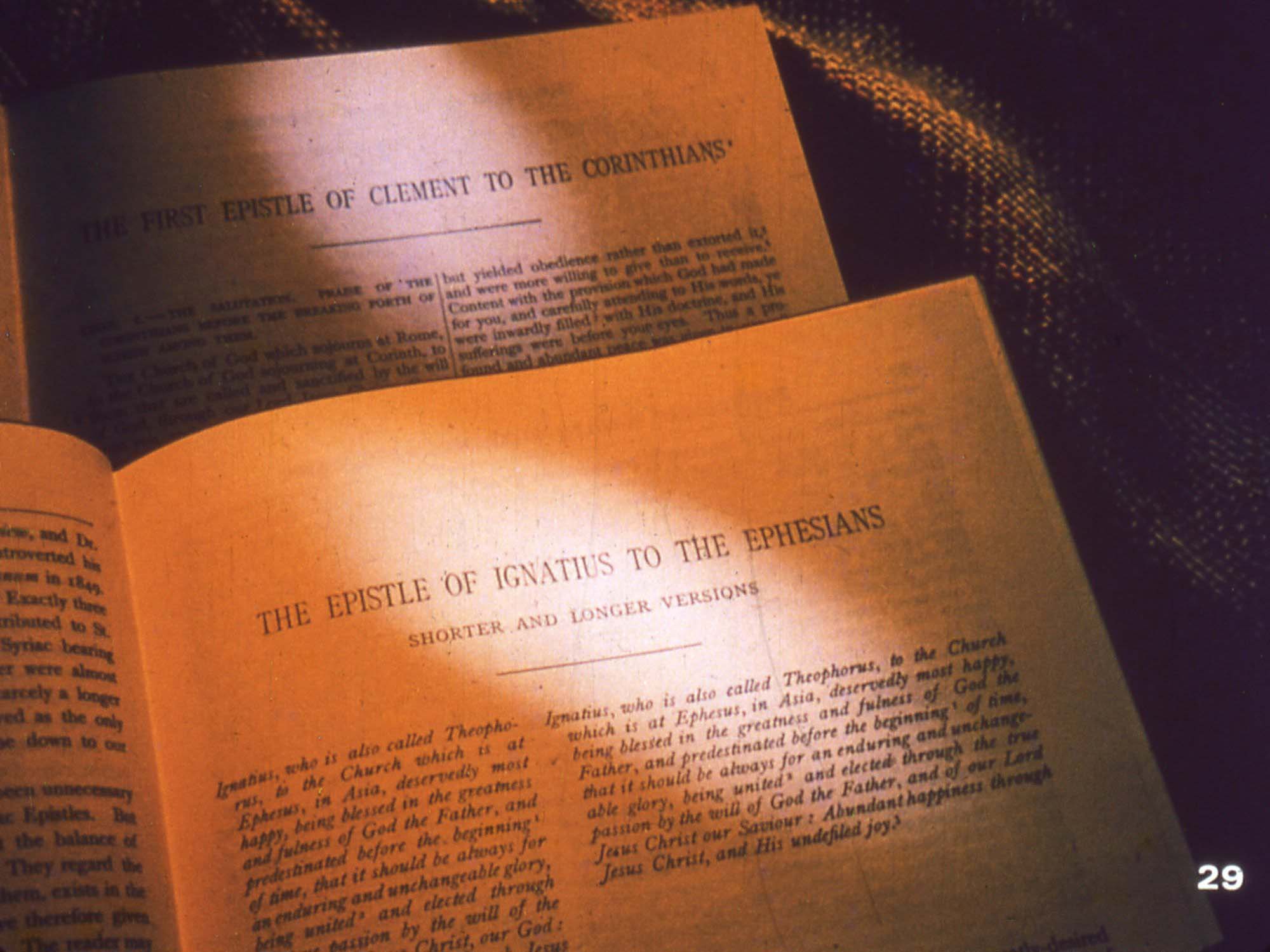
In summary, the original documents of the Old and New Testaments were written very close to the time of the events they tell us about. Nearness increases the likelihood of reliability. This means that, since the documents of the Old Testament and New Testament were written so close to the time they tell about, the likelihood that we can depend on these documents is increased.
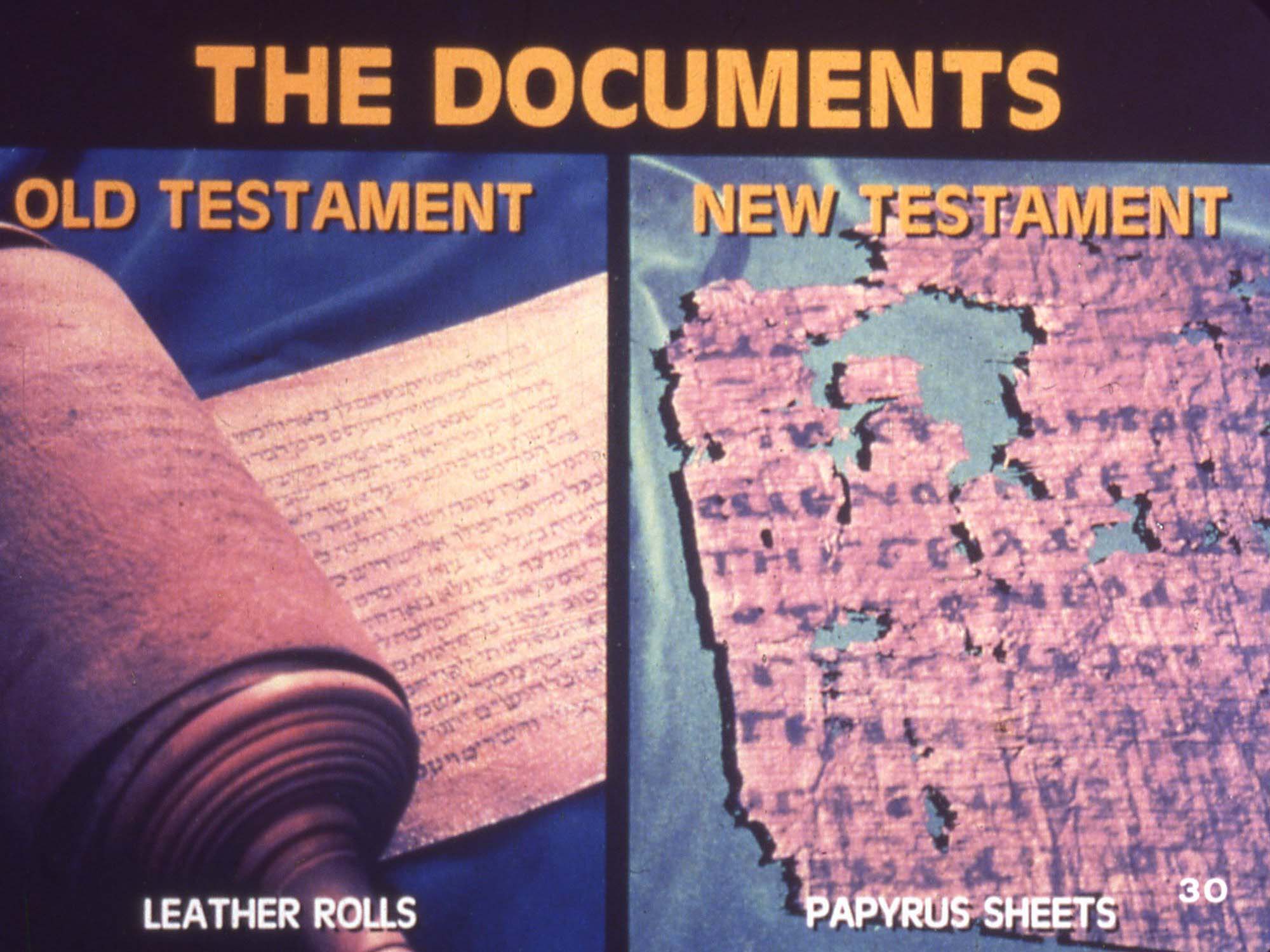
Another question we have about the documents concerns the manuscripts. "Manuscripts" refers to the handwritten copies of the original Bible text. The question many have is this: "How are the manuscripts that exist today connected with the original documents that were written centuries ago?"
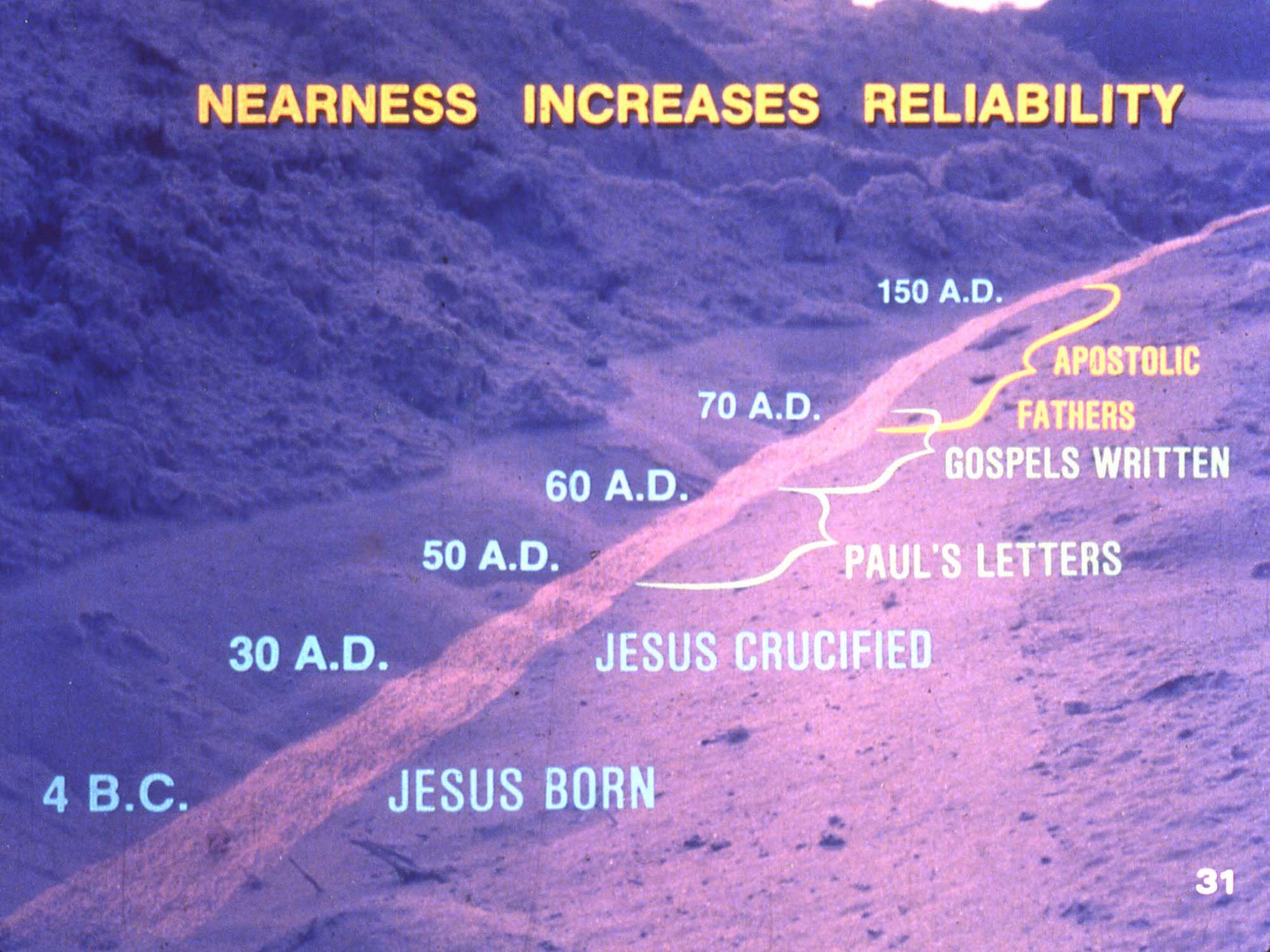
When we look at the manuscripts and the original documents we notice 3 things:
1. The large number of copies,
2. The small time gap between the copies and the original copies
3. The great similarity in the wordings between the copies and the original documents.
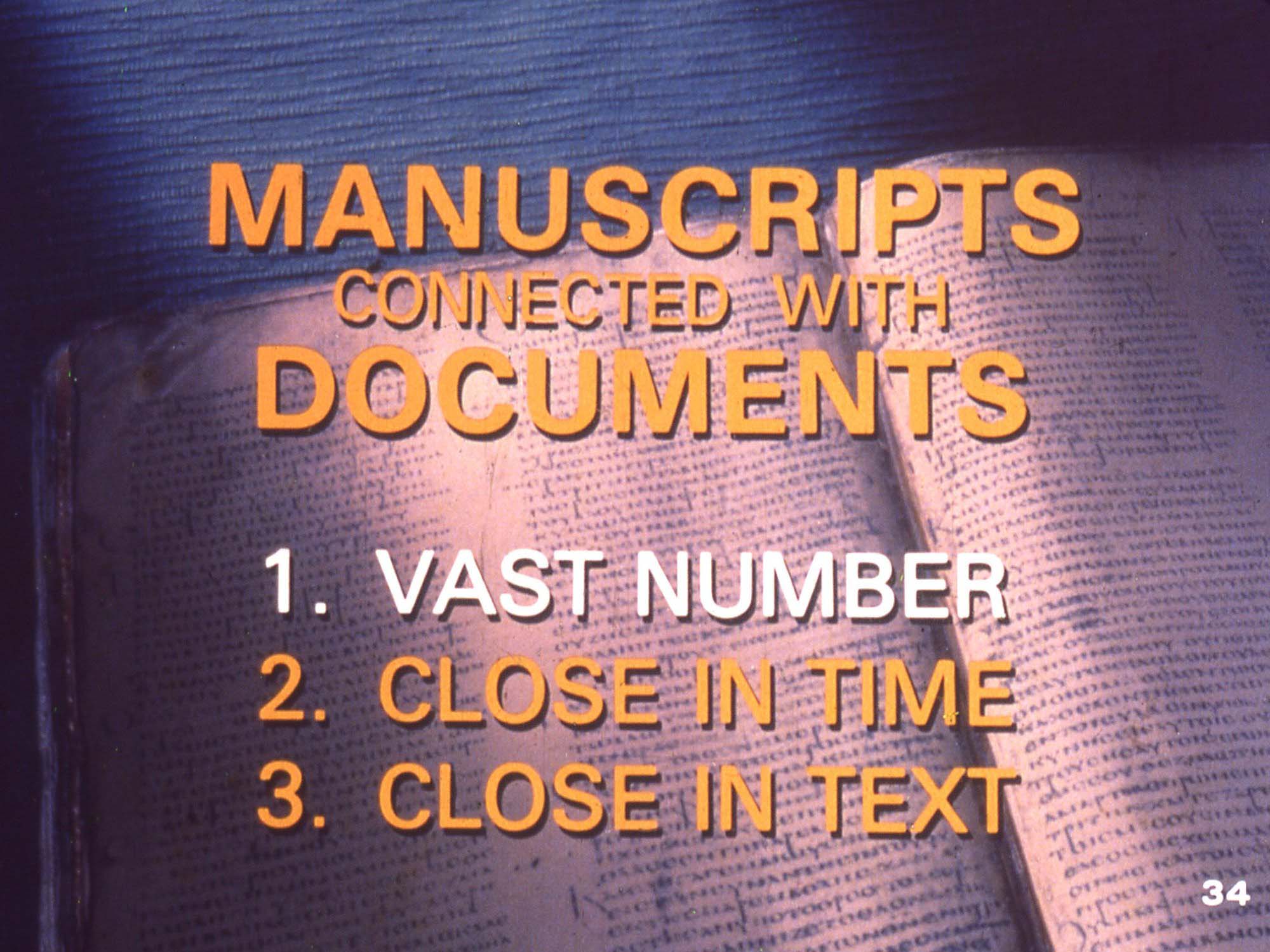
First, it is important to note that there are a great number of copies available of the Bible text. There are more than 5,000 manuscripts of the New Testament. Some are whole copies and some are partial copies. These are copies of the original texts in the Greek language and do not include the thousands of other copies that have been translated into other languages. This gives us a very advantageous position with the New Testament text especially when we compare this with certain ancient Greek and Latin books we refer to as the “classics.”
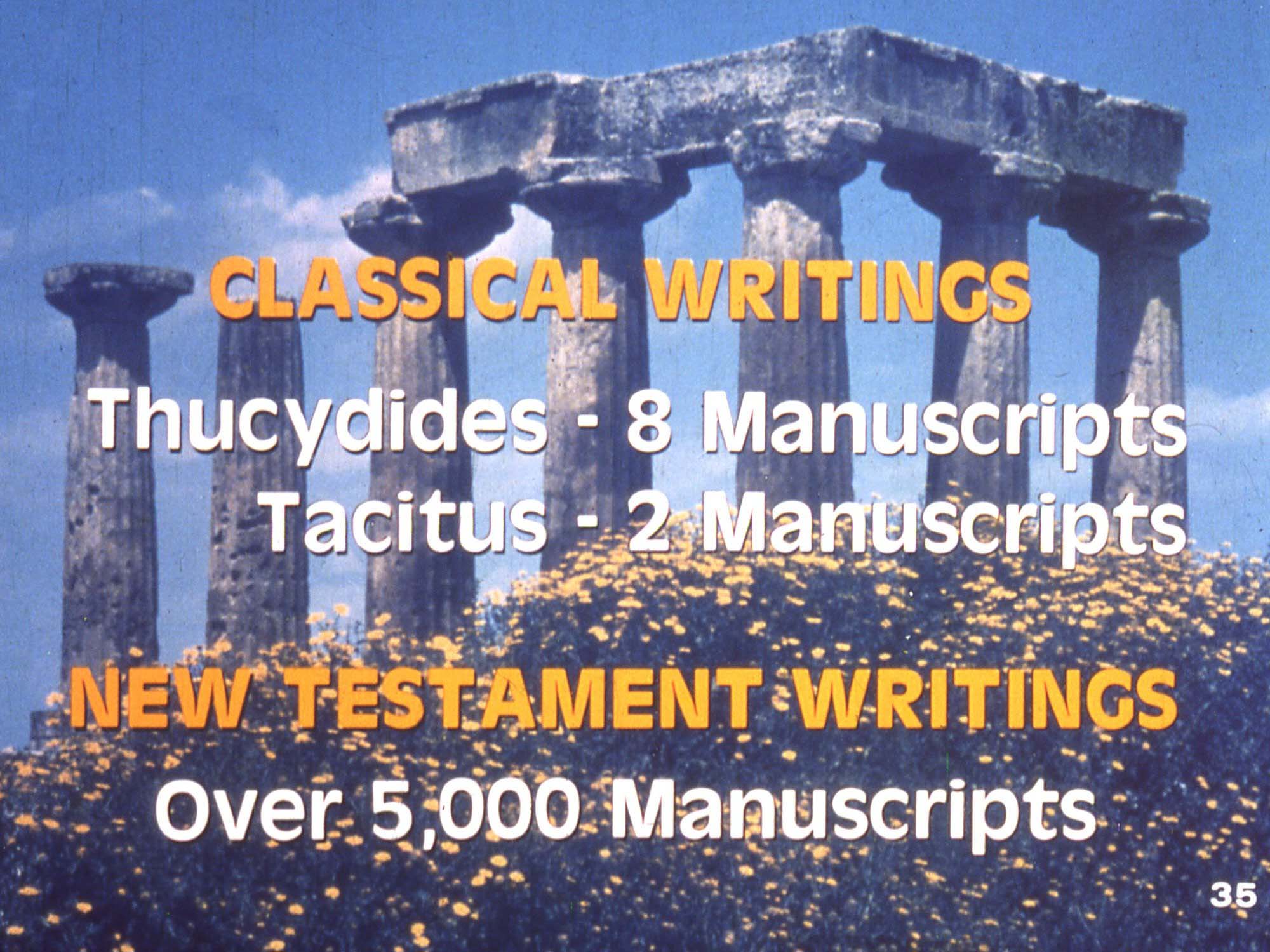
To compare the number of copies of the classics and the number of copies of the New Testament we will look at the writings of Thucydides and Tacitus. The history of Thucydides was written about 400 BC and is only available today through 8 copies. What we have today of the Roman historian Tacitus who lived in AD 100 is only 2 copies. These are not the only examples available but they help us see that the classical writings of historians and other people are only available with a few copies but the New Testament text has more than 5,000 manuscripts. Amazing!
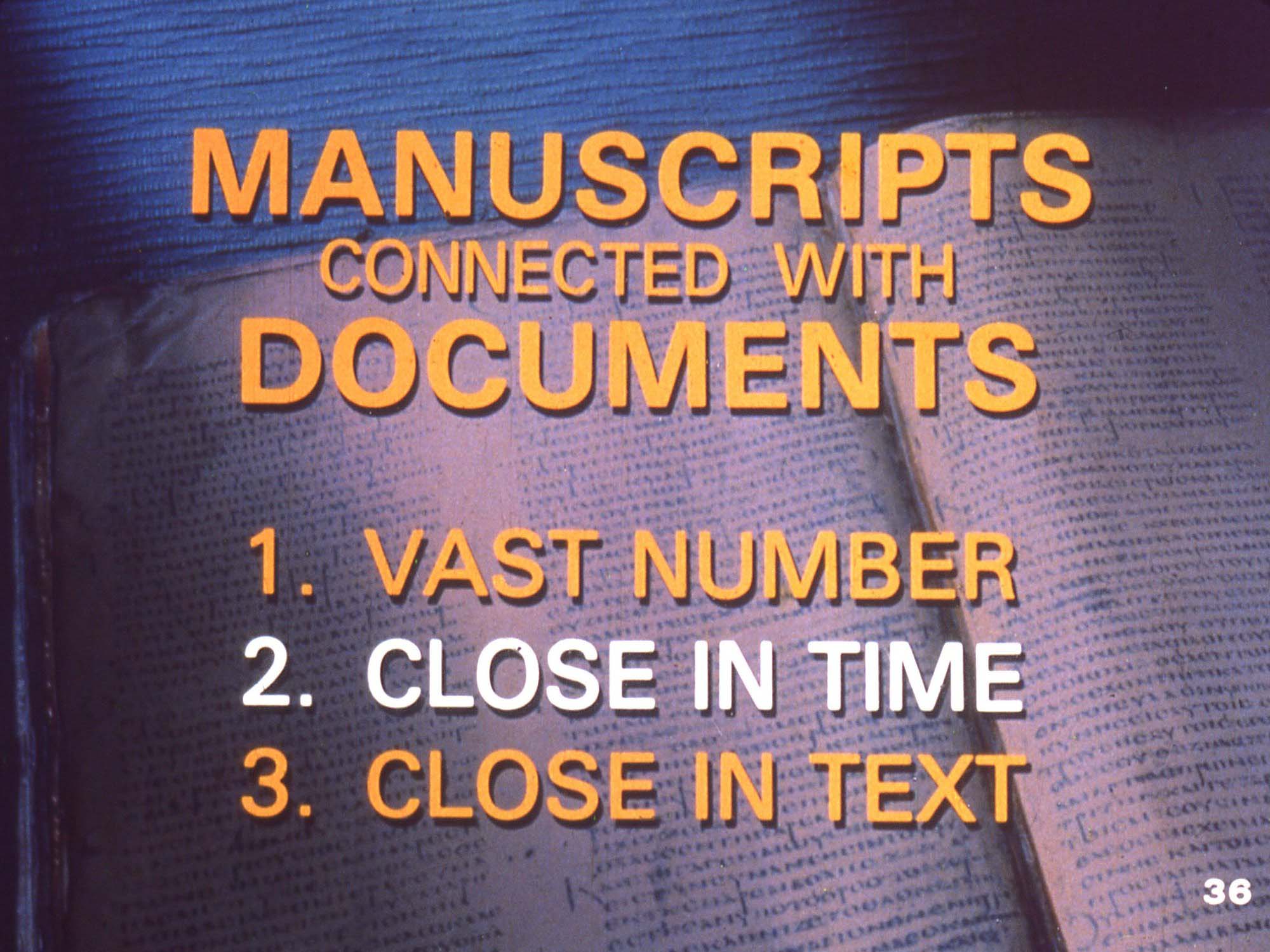
Second, the copies of the New Testament writings are remarkably close in time to the original documents. We have seen that the original New Testament books were written by the end of the first century.
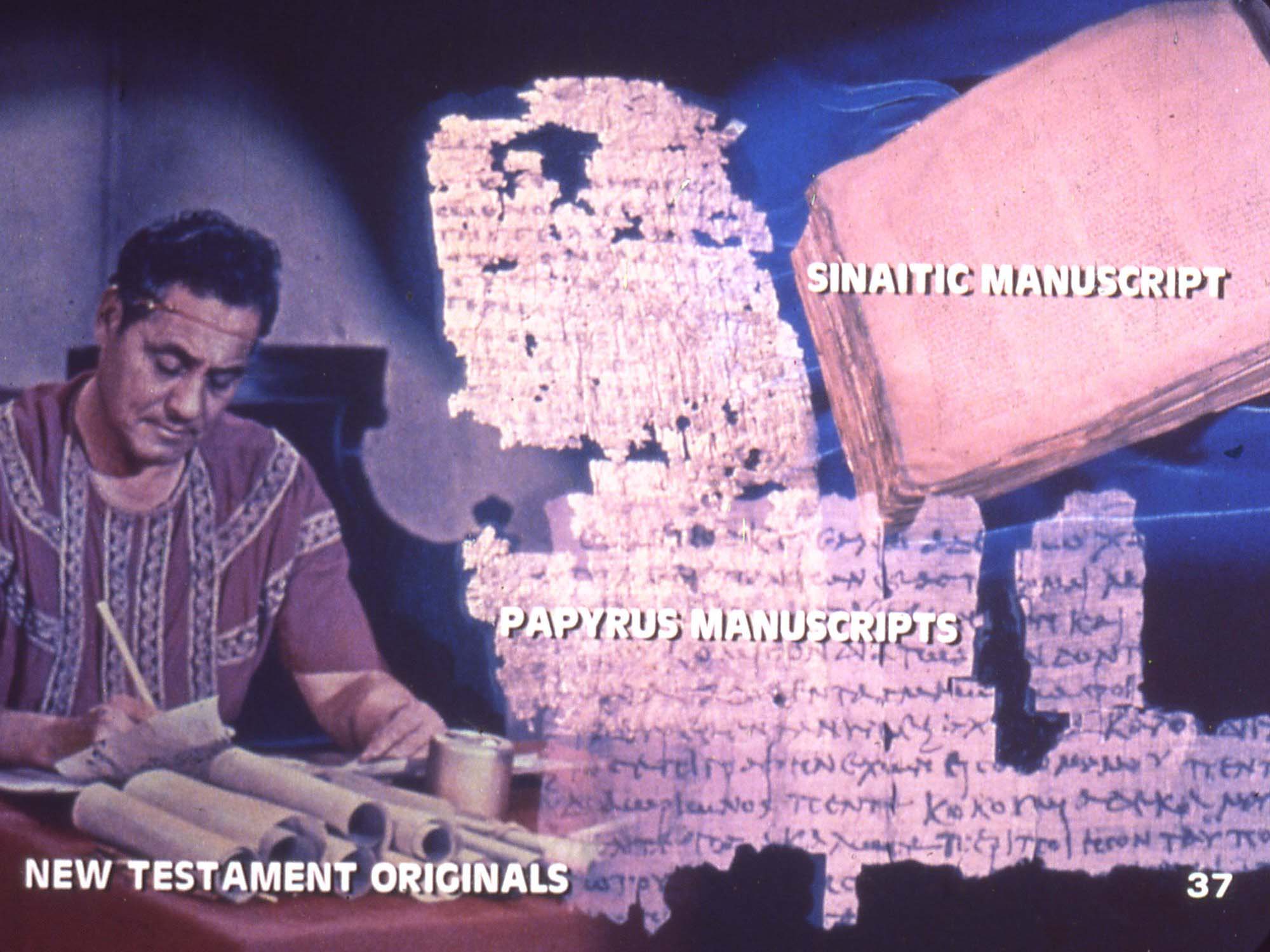
The Sinaitic Manuscript is the earliest complete copy of the New Testament and it is now located in the British Museum. This manuscript is dated back to the fourth century. This gap of two hundred years or so is not very big. And there are also papyrus copies that have been discovered recently that go back even farther in time.
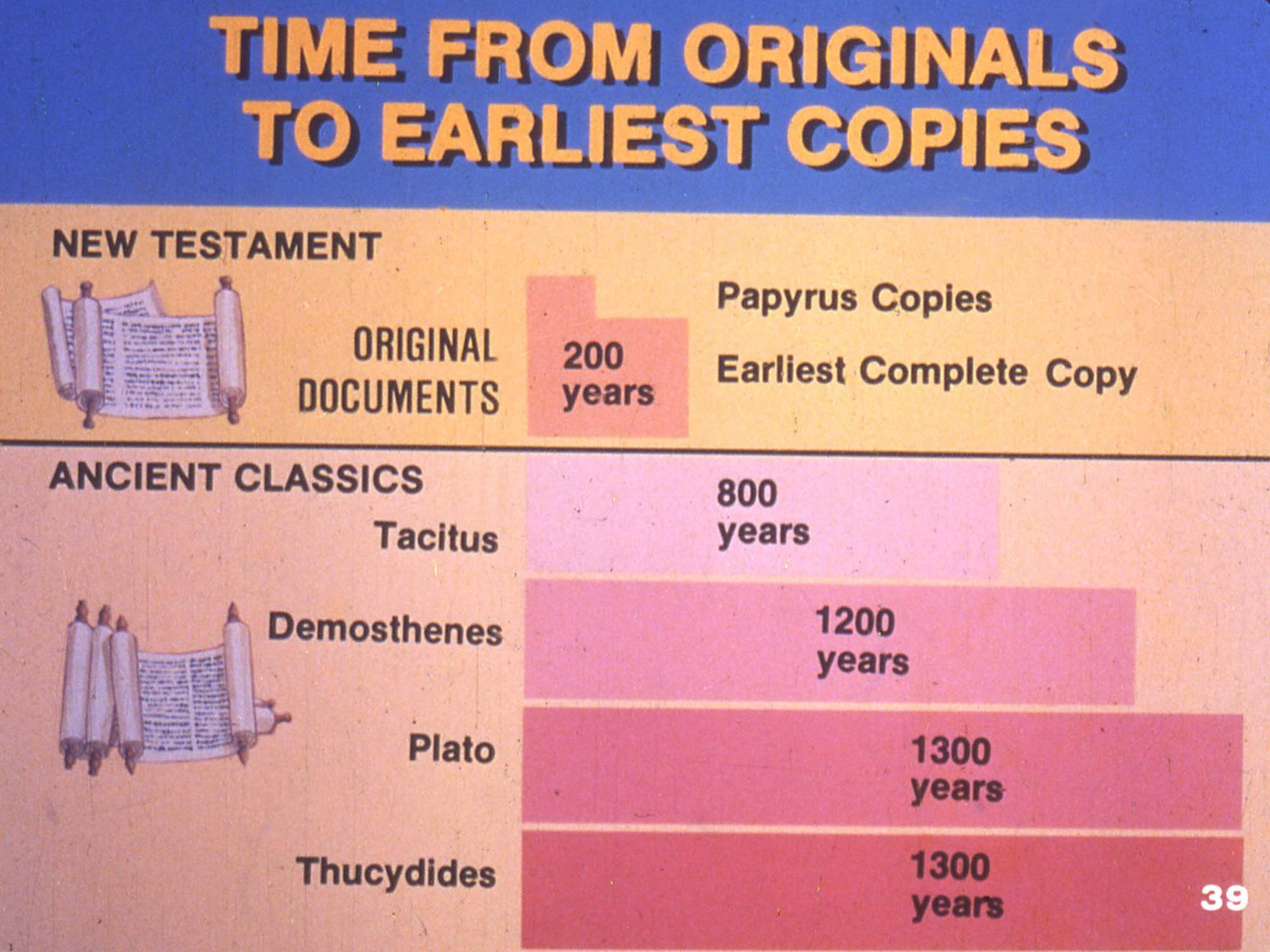
Notice on this chart that the gap between the original New Testament writings and the earliest complete copy is only about 200 years. The gap is even smaller between the originals and the papyrus copies containing portions of the original writings. This time span is very short when we compare with the ancient “classics”. Among the classics notice the large gaps between the original documents and the dates of the earliest known copies. For Tacitus there is an 800 year gap. Demosthenes is 1200 years, for Plato 1300, for Thucydides 1300, and so forth.
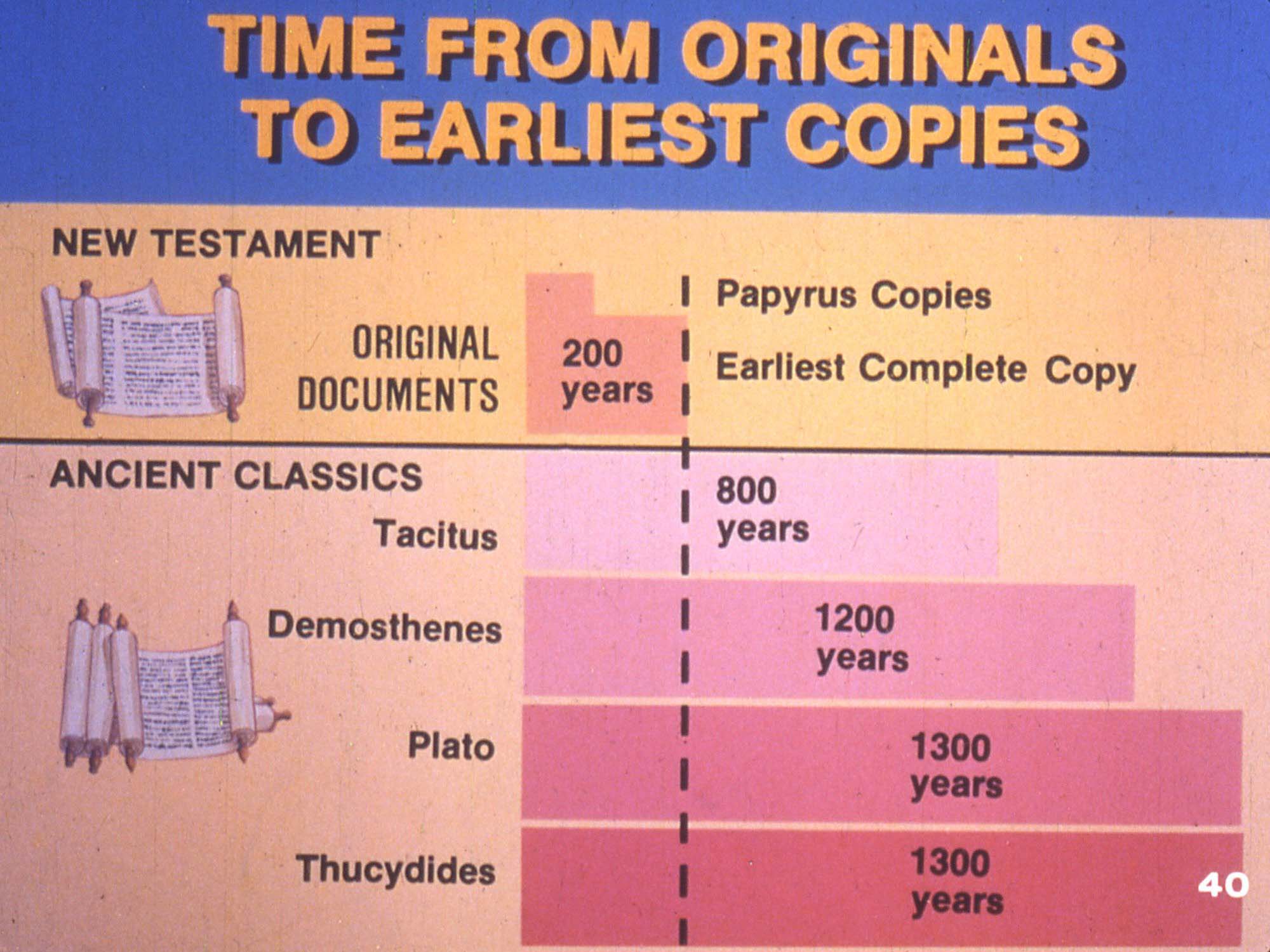
To summarize, this means that the oldest known manuscripts of the Latin and Greek classics are usually a thousand years or so older than the originals. (17) As you can see on the chart, the gap between the originals and the oldest copies of the classics is hundreds of years more than for the New Testament. In other words, the New Testament copies are several hundred years closer to their originals than the ancient classics are to theirs. This makes it clear why the New Testament is considered to have the best historical support of any ancient book.
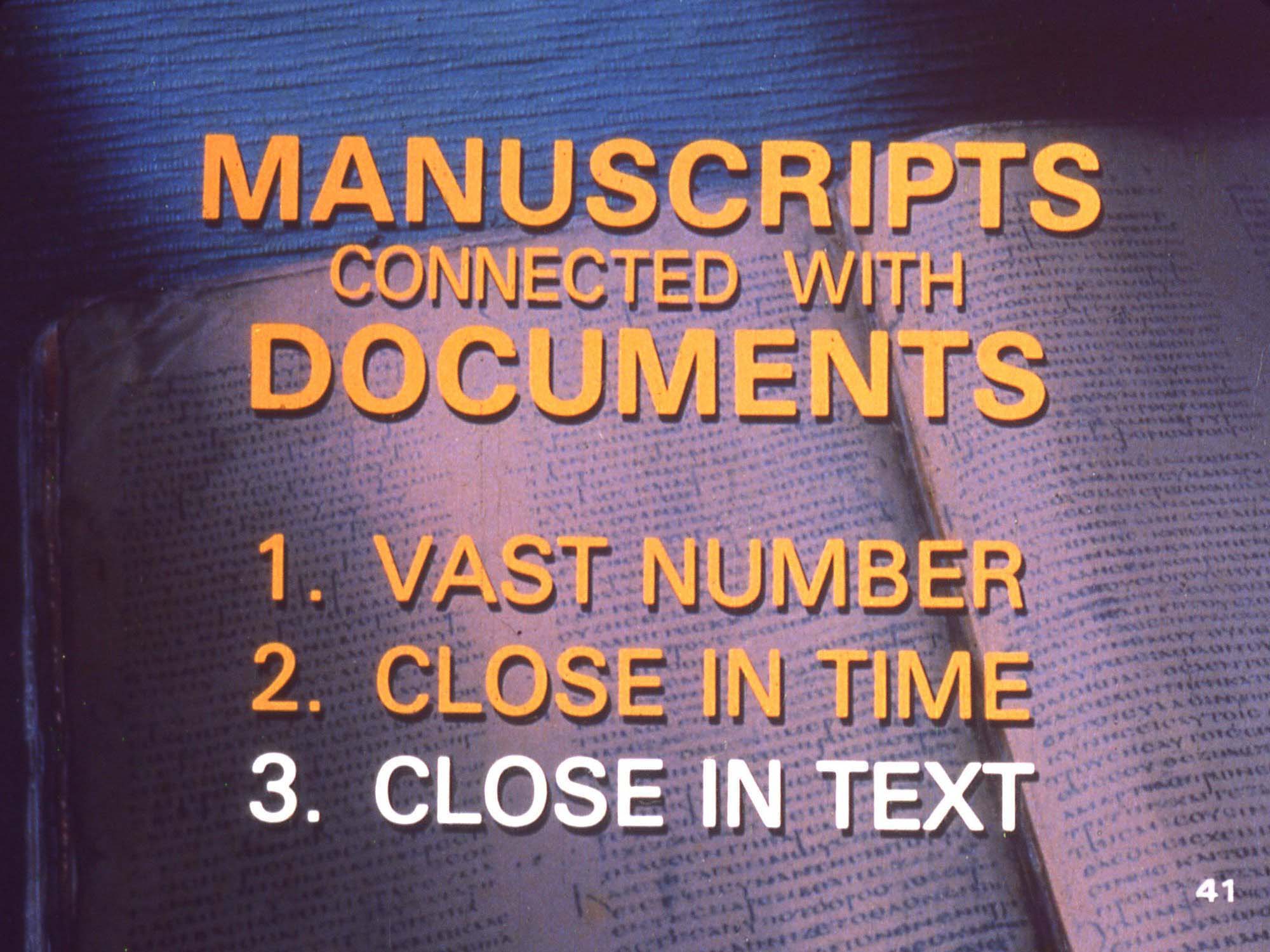
Third, the copies of the New Testament are very close in wording to the original documents. With over 5,000 manuscripts for comparing and not even including the different translations, we can be sure that we have the original message of the New Testament today. One reason we are so sure is by looking at the types of mistakes made when people copy things down by hand.
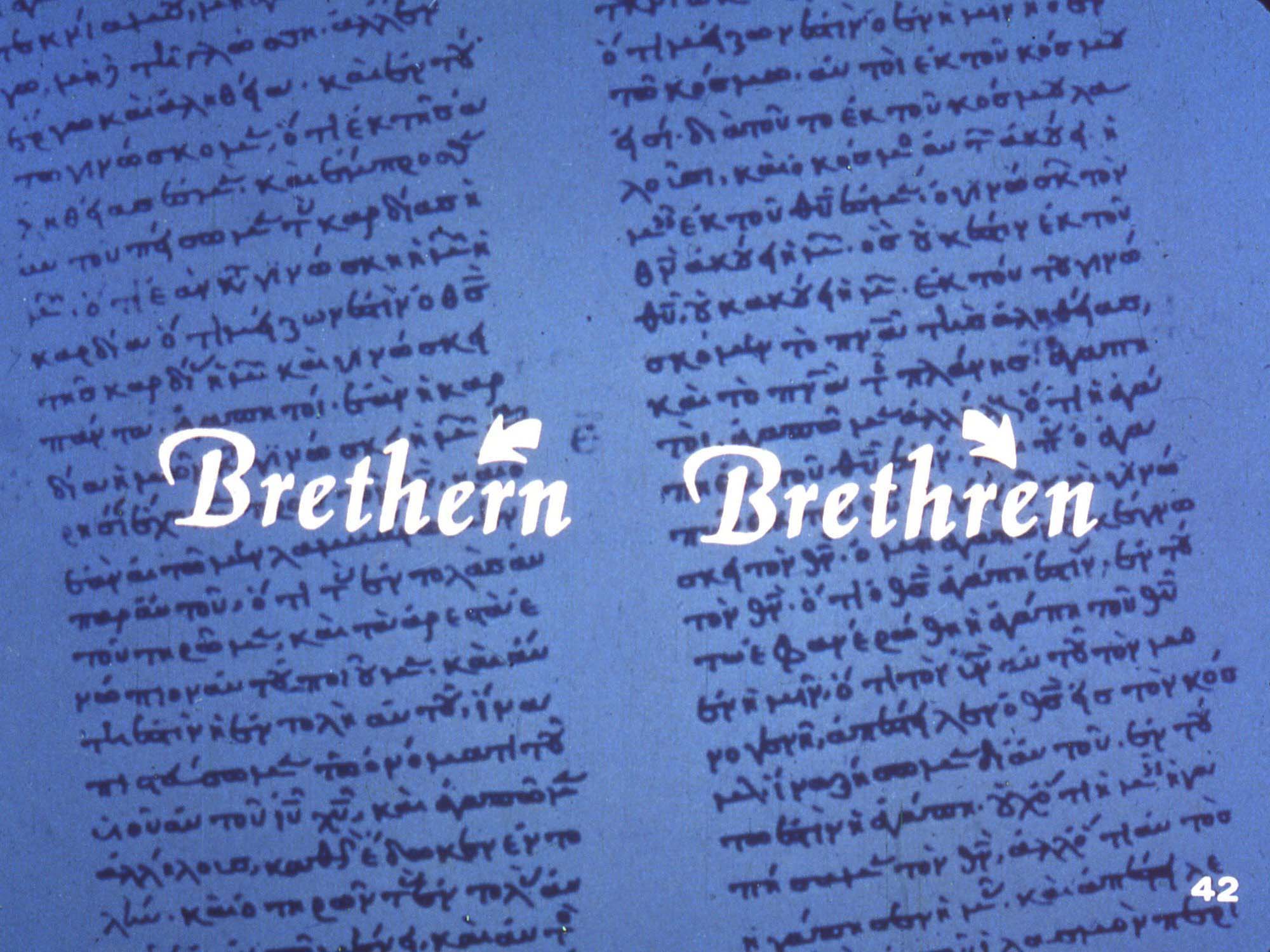
One mistake for example would be copying “brethern” instead of “brethren”, which is a simple spelling error. When copying a document by hand, small mistakes here and there are common. Sometimes mistakes are made like forgetting to add a word or changing the wording a little or even confusing one word for another word with a similar spelling and sound. But these kinds of mistakes do not really alter the message of the original document.
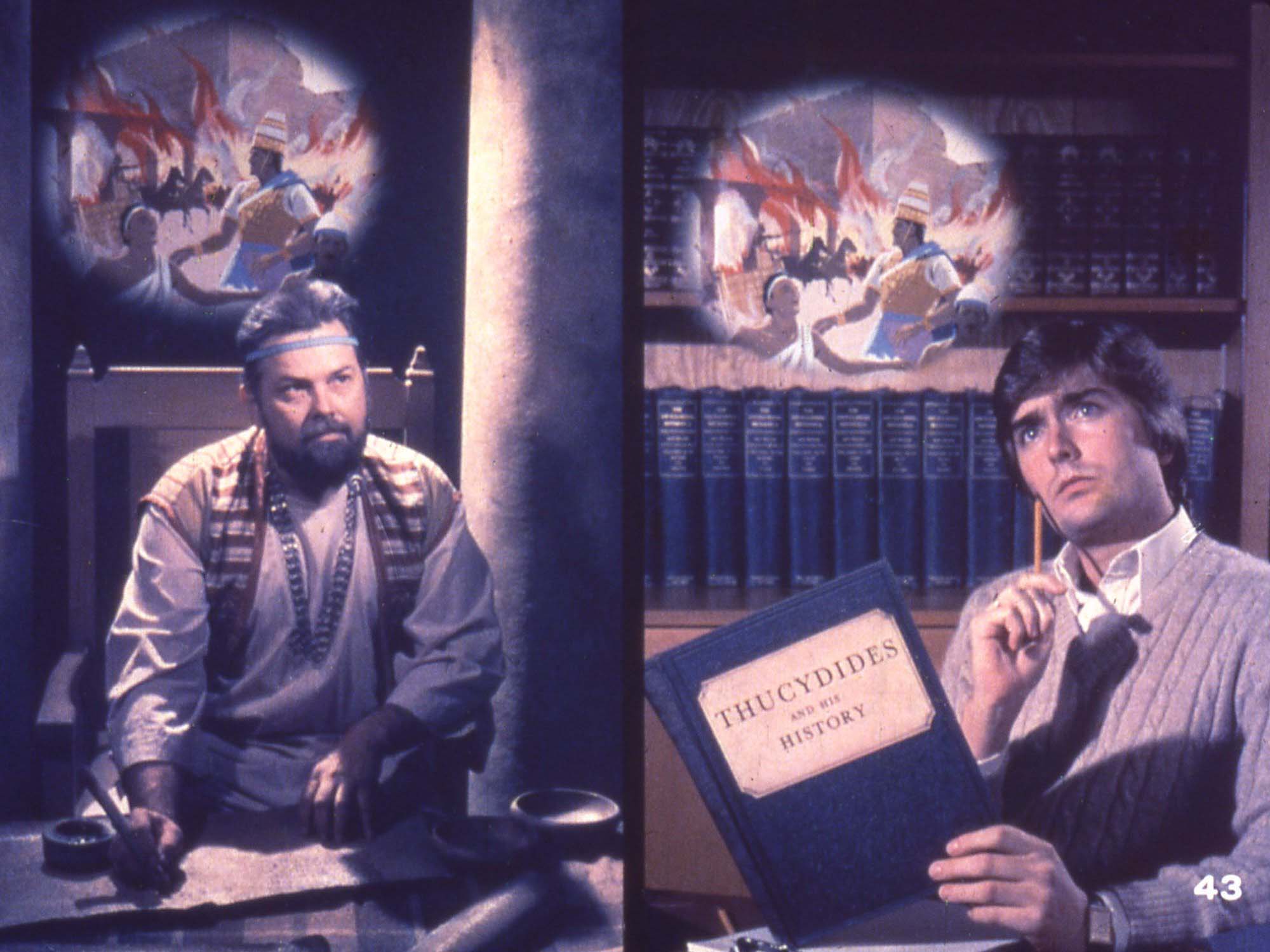
Another way of looking at this problem is by examining the classics. Even though there are so few copies available and a large gap in time between the time when Thucydides actually wrote his works and the oldest existing copy we have and only a few copies have survived, we still have the message of Thucydides' history. In the same way, we have the message of the New Testament and we can be even more certain of it than we can of the “classic” writings.
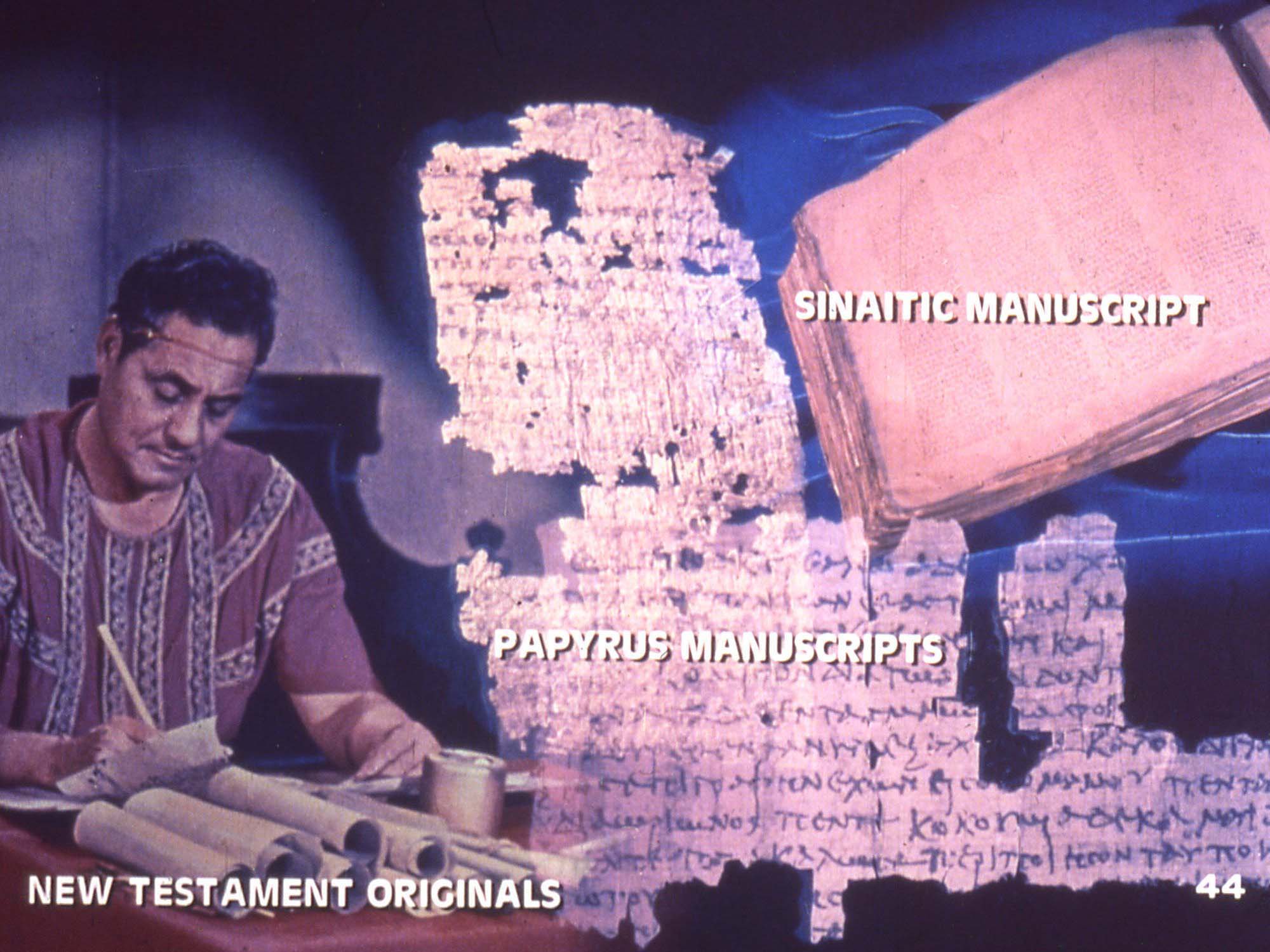
Another way to investigate the reliability of the New Testament text is by the papyrus manuscripts. There are several of these papyrus copies that are even older than the oldest known complete copy of the New Testament (the Sinaitic Manuscript). For example, there is a papyrus manuscript that dates back to AD 200! It is a manuscript of the gospel of John and is called P66. In reference to this papyrus, Professor Floyd Filson explained that this well preserved manuscript might disappoint some people who hope to find some new ideas or words not contained in other texts of the gospel of John. That is because, although it has such an early date and is in such great condition, it does not show great variations in the text or new information but rather it confirms the general accuracy of the Greek text of John.
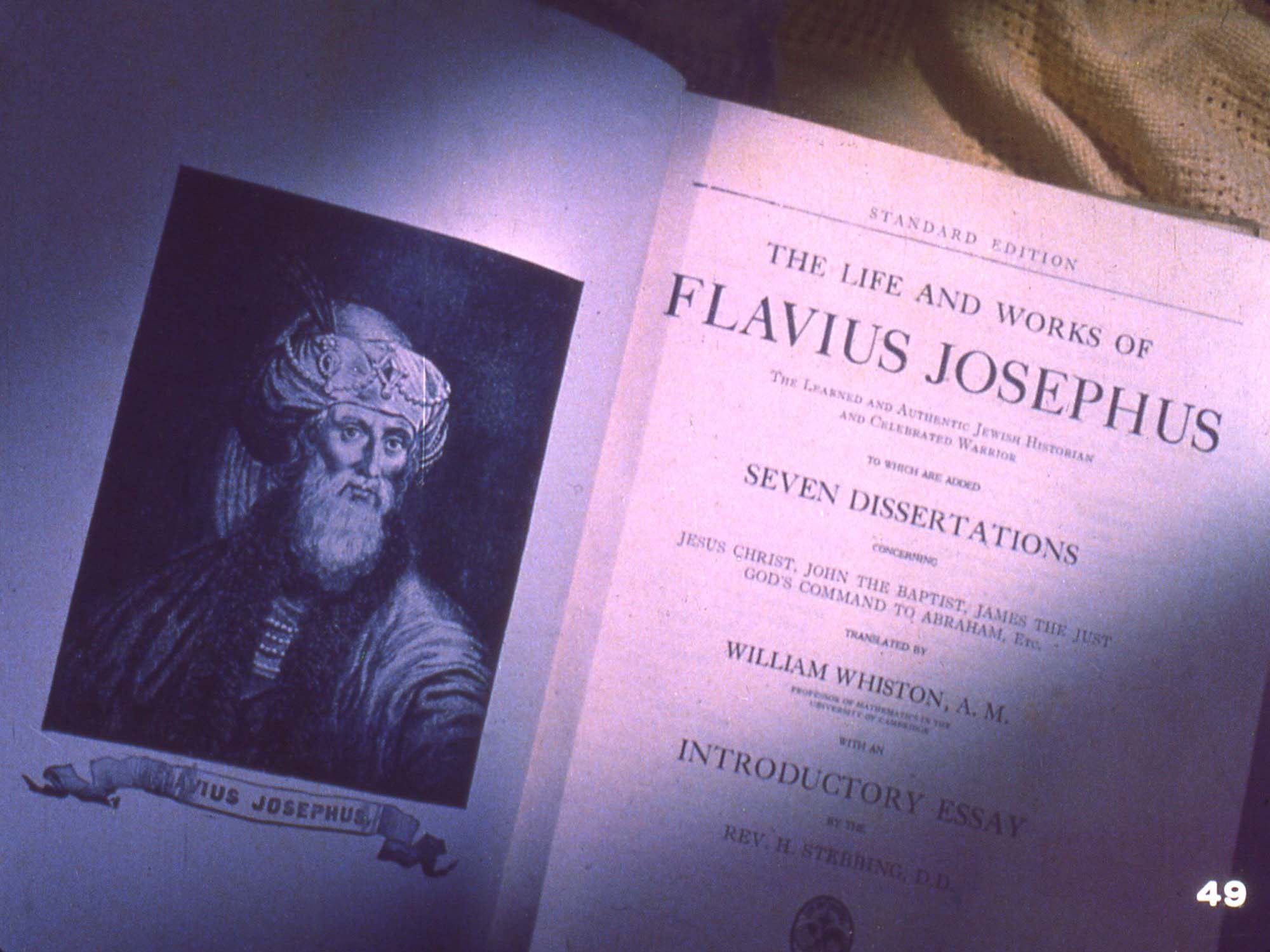
For many centuries Jewish scribes have taken great care in copying the different books of the Old Testament. This is also noted by a Jewish historian from the 1st century named Josephus. He wrote
We have given practical proof of our reverence for our own Scriptures. For, although such long ages have now passed, no one has ventured either to add, or to remove, or to alter a syllable; and it is instinct with every Jew, from the day of his birth, to regard them as the decrees of God, to abide by them, and, if need be, cheerfully, to die for them
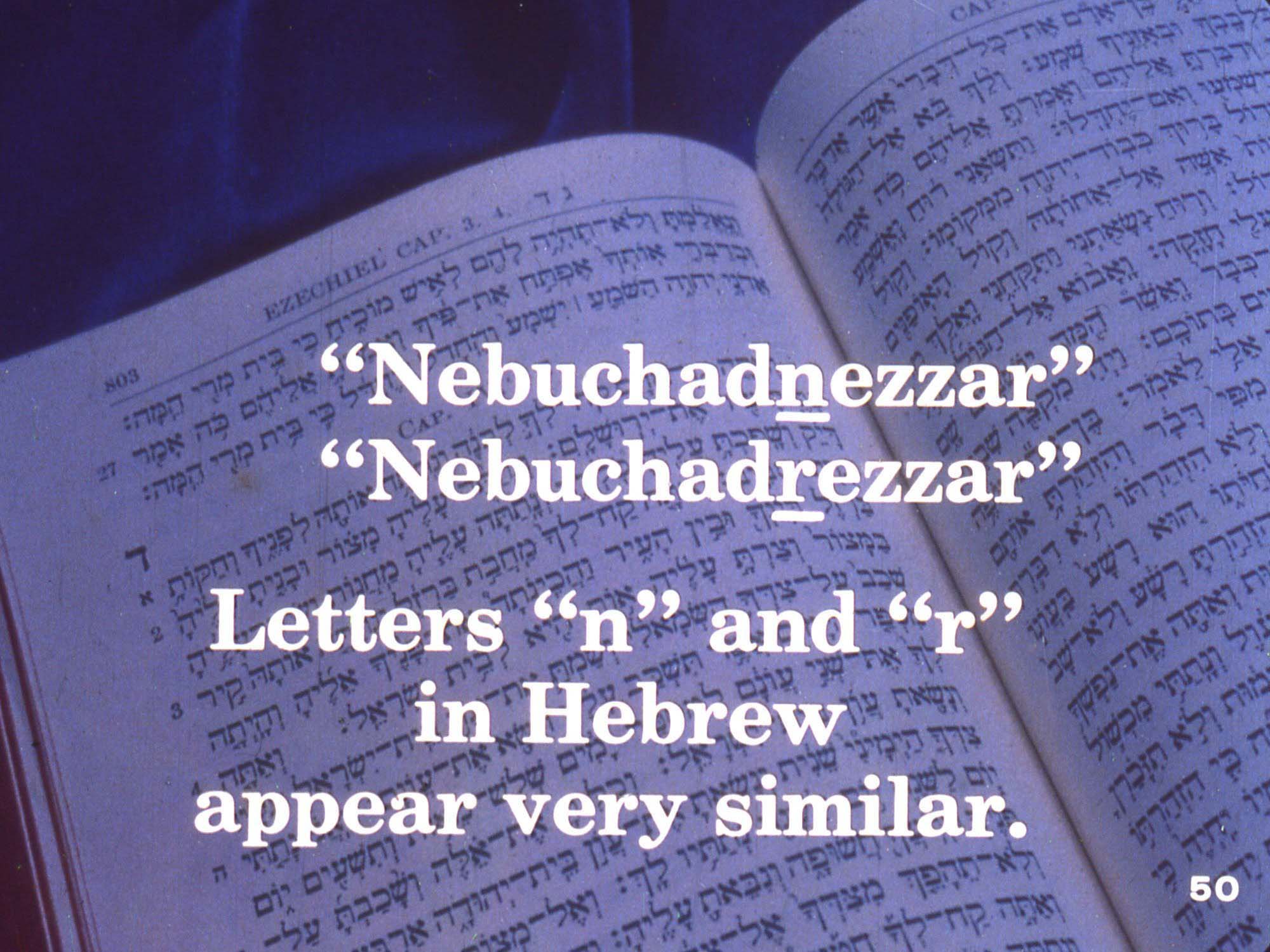
But, over the years it was expected that scribal variations in the text would take place. This can be seen for example in the spelling of the name of the famous Babylonian king Nebuchadnezzar. The name Nebuchadnezzar is sometimes found to be spelled Nebuchadrezzar. The difference in spelling is because of the similarity of the letters "n" and "r" in the Hebrew language. The Jewish scribes were not ignorant of these differences. They did not only make copies of the text but they also examined the text. If a scribe found an extra letter in a word, he would copy the word just as it appeared but would place a dot over the letter in the word which he questioned.
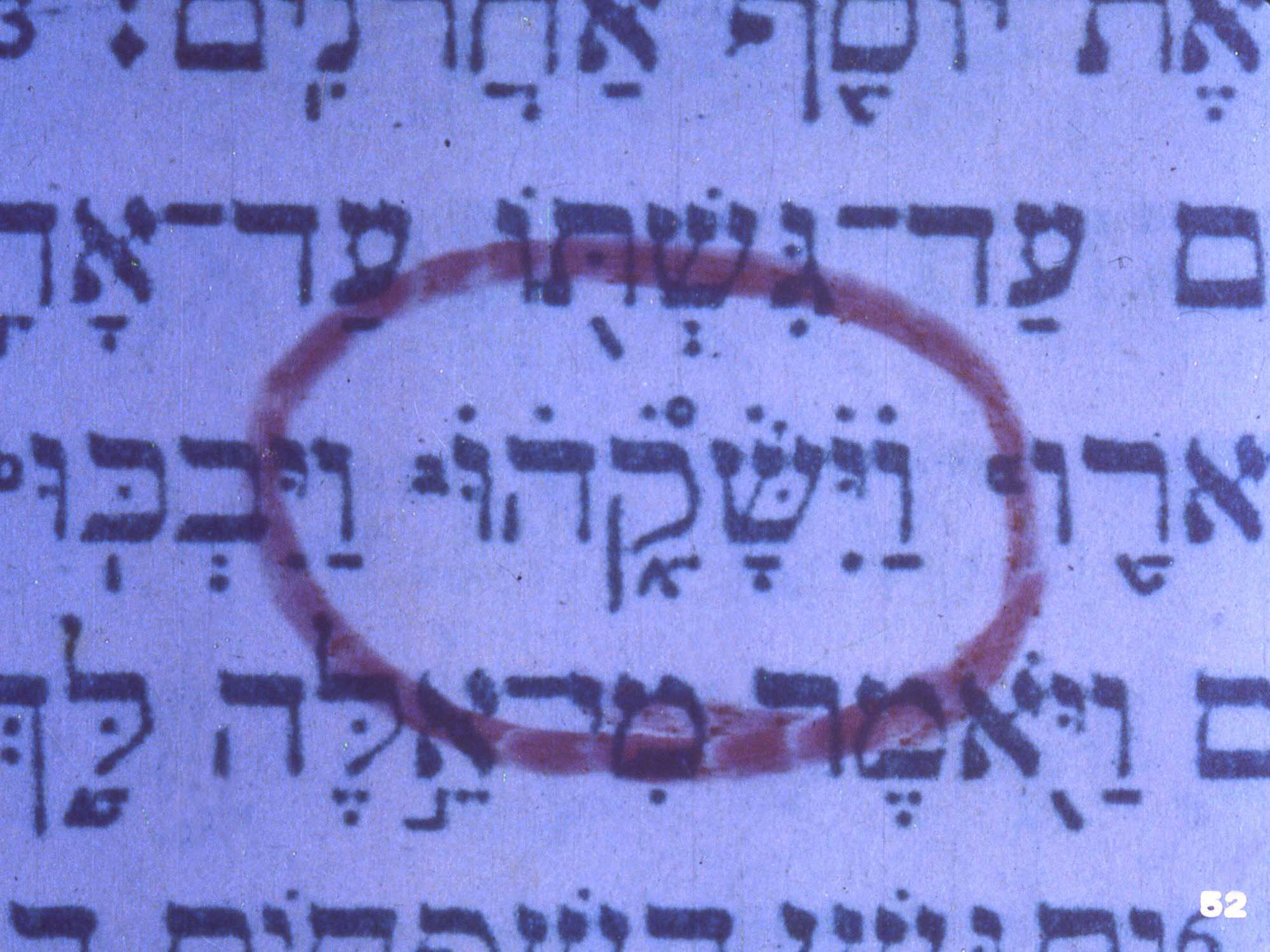
For example is in Genesis 33:4. A line of dots appear above one Hebrew word translated in English “and he kissed him”. But the scribes made no changes in the word because they considered the text unalterable.
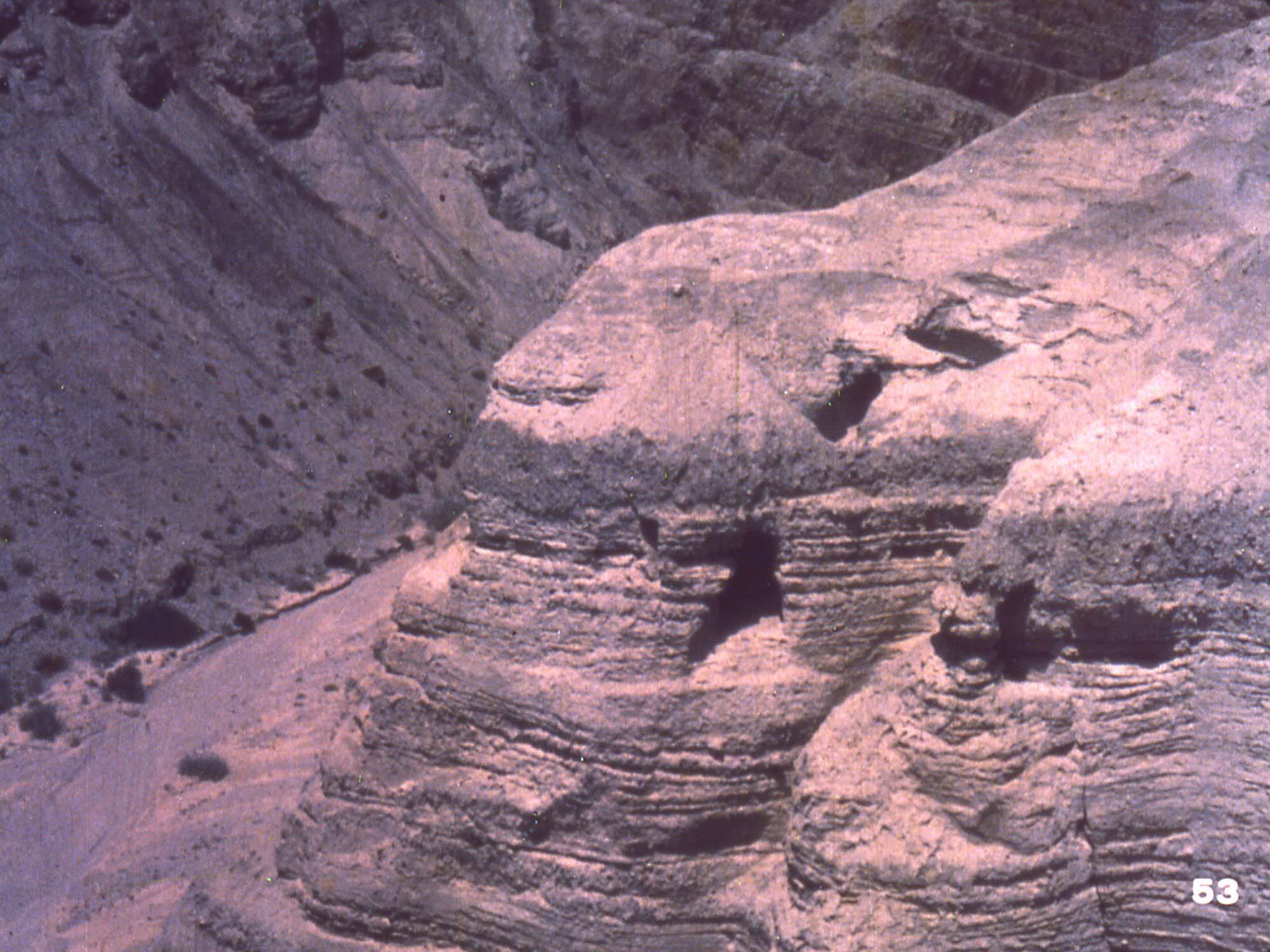
In some caves west of the Dead Sea, ancient manuscripts were discovered that show us how accurate the scribes were when they copied the Old Testament. These amazing manuscripts which were found in 1947 are usually called the Dead Sea Scrolls. This is a view of the many caves west of the Dead Sea where the scrolls were found. In caves like these overlooking the Dead Sea, over 600 manuscripts were found. Most of them are only partial copies of different documents. About 175 of the scrolls are part of the Old Testament in Hebrew. There was one cave, called cave 4, which had parts of every Old Testament book except Esther. In all the caves there were many copies of the books of Deuteronomy, Psalms, Isaiah and the Minor Prophets.
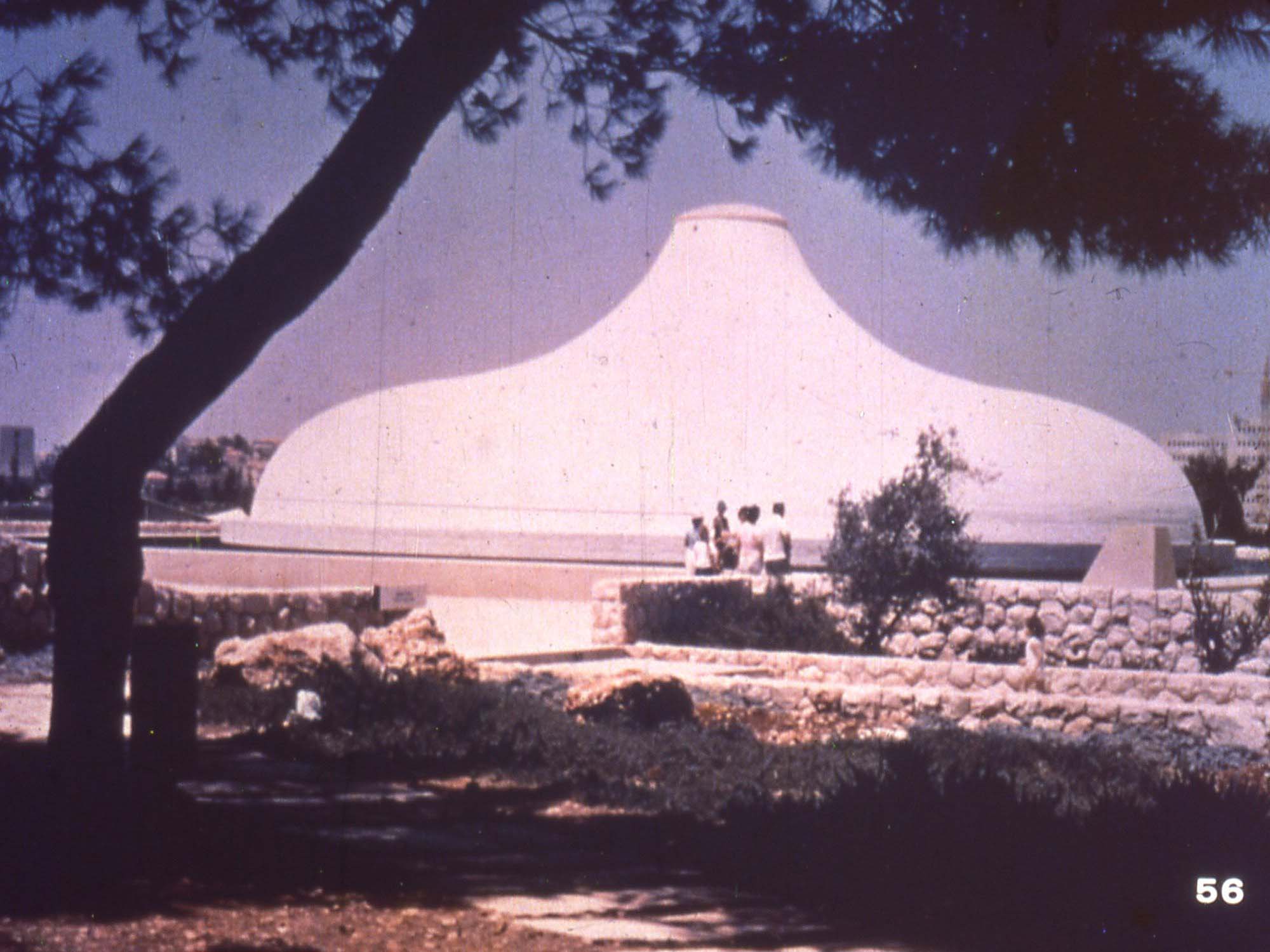
These scrolls are the prized possession of the State of Israel and are on display in a museum specially built to help preserve them. The museum is called The Shrine of the Book. The roof of the building is designed to look like the lid of one of the jars some of the scrolls were found in. Inside The Shrine of the Book some of the jars and other items are displayed. The scrolls were placed inside jars and sealed for safekeeping by Jews who were called Essenes who lived near the caves.The large interior of the museum holds the most important of the scroll collection.

The underside of the dome is ribbed concrete which makes it look like the work of a giant potter. The dim lighting helps preserve the scrolls. Underneath the dome is a cylinder with a handle attached to make it look like a large scroll on a roller. On the cylinder is a reproduction of the famous Isaiah scroll.
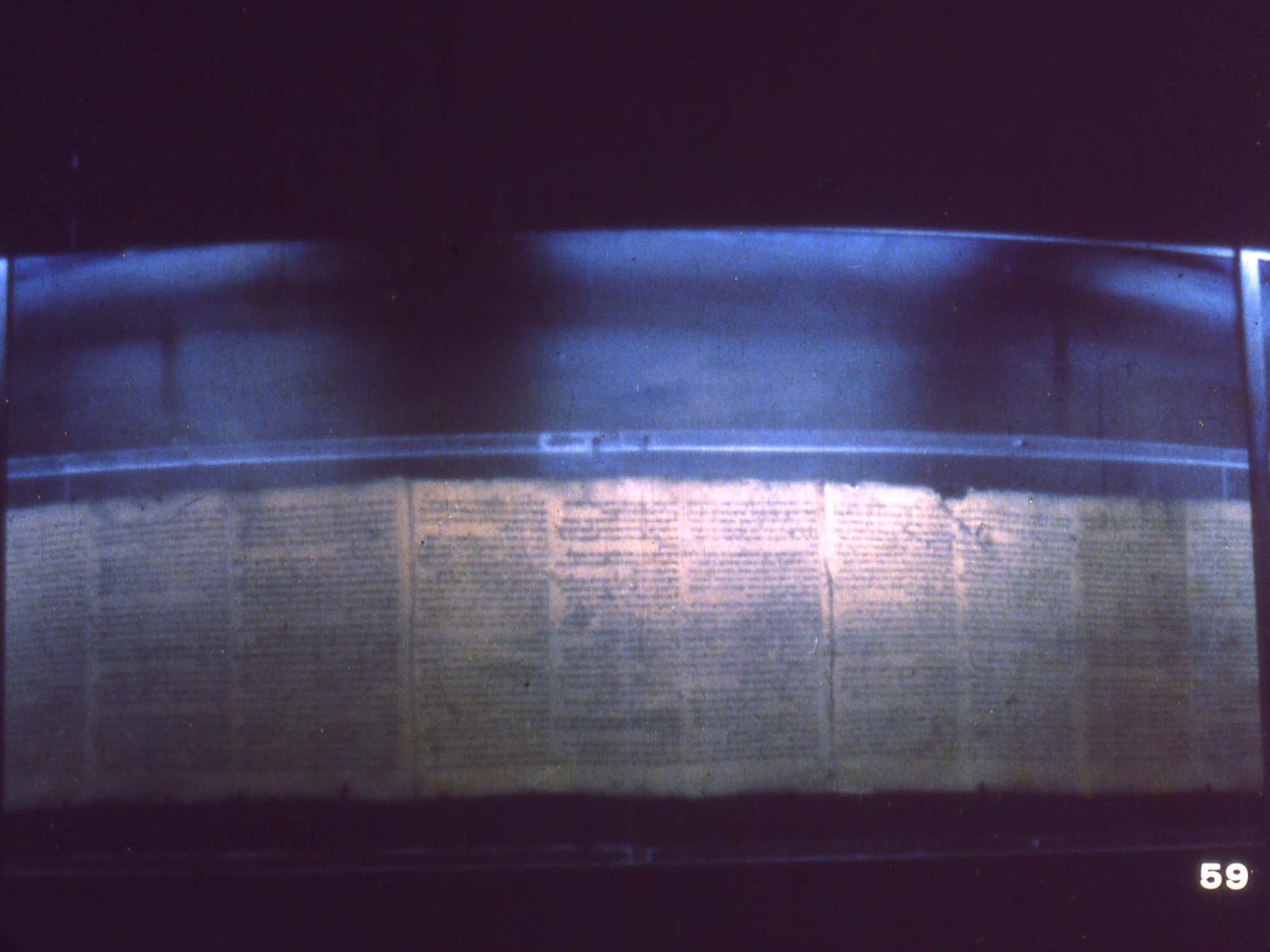
The Isaiah Scroll is an almost complete copy of the book of Isaiah dated about 100 BC. This is the oldest copy in existence. Its age makes it quite significant. This is a copy of the book of Isaiah that is older than the date of Christ’s birth and it still reads the same as the standard text in modern Hebrew Bibles which comes from manuscripts even hundreds of years later!
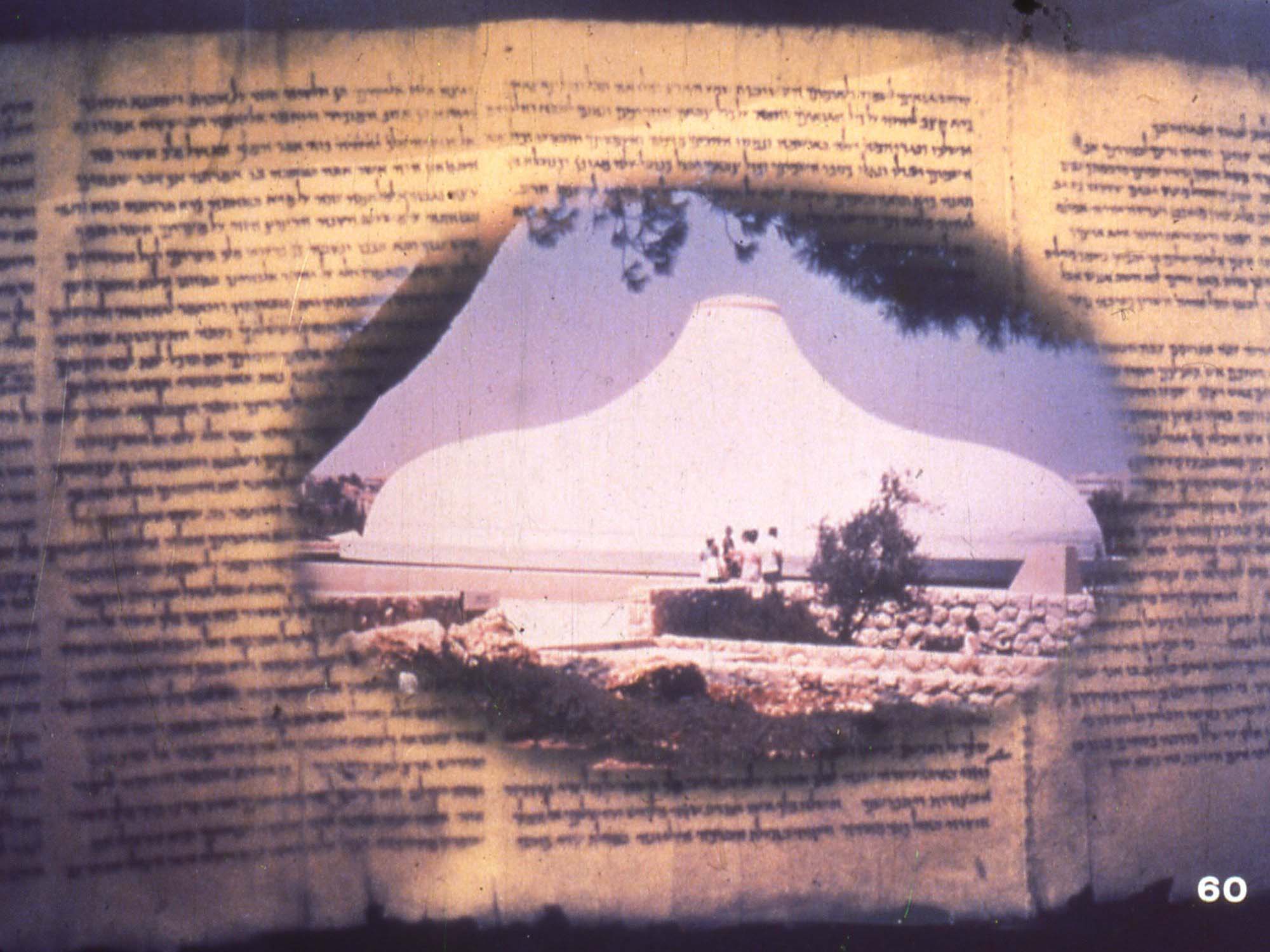
The famous Dead Sea Scrolls and other exhibits of Biblical manuscripts like them make it clear for us that the text of the Bible in both the Old Testament and New Testament has been well preserved and is available to students and scholars all over the world. Can we believe the Bible? We began by asking the question “Can we believe the documents?” Were they written close to the events of which they speak?
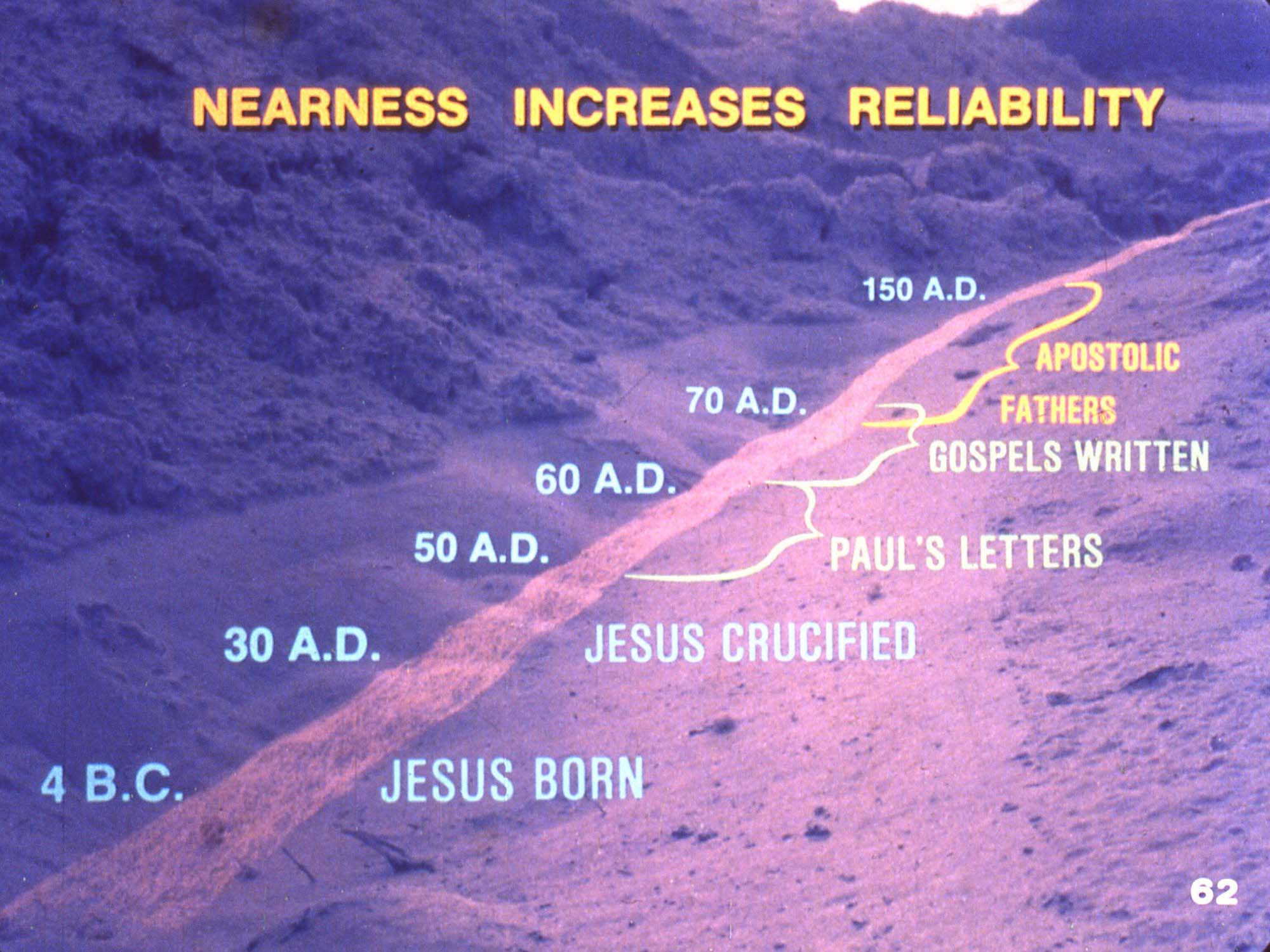
Nearness increases reliability. As we have seen, the original documents of the Old and New Testaments are closely and directly connected to the events they record. They were not written down centuries later. This makes it unlikely that they are merely fictitious stories designed by human imagination.
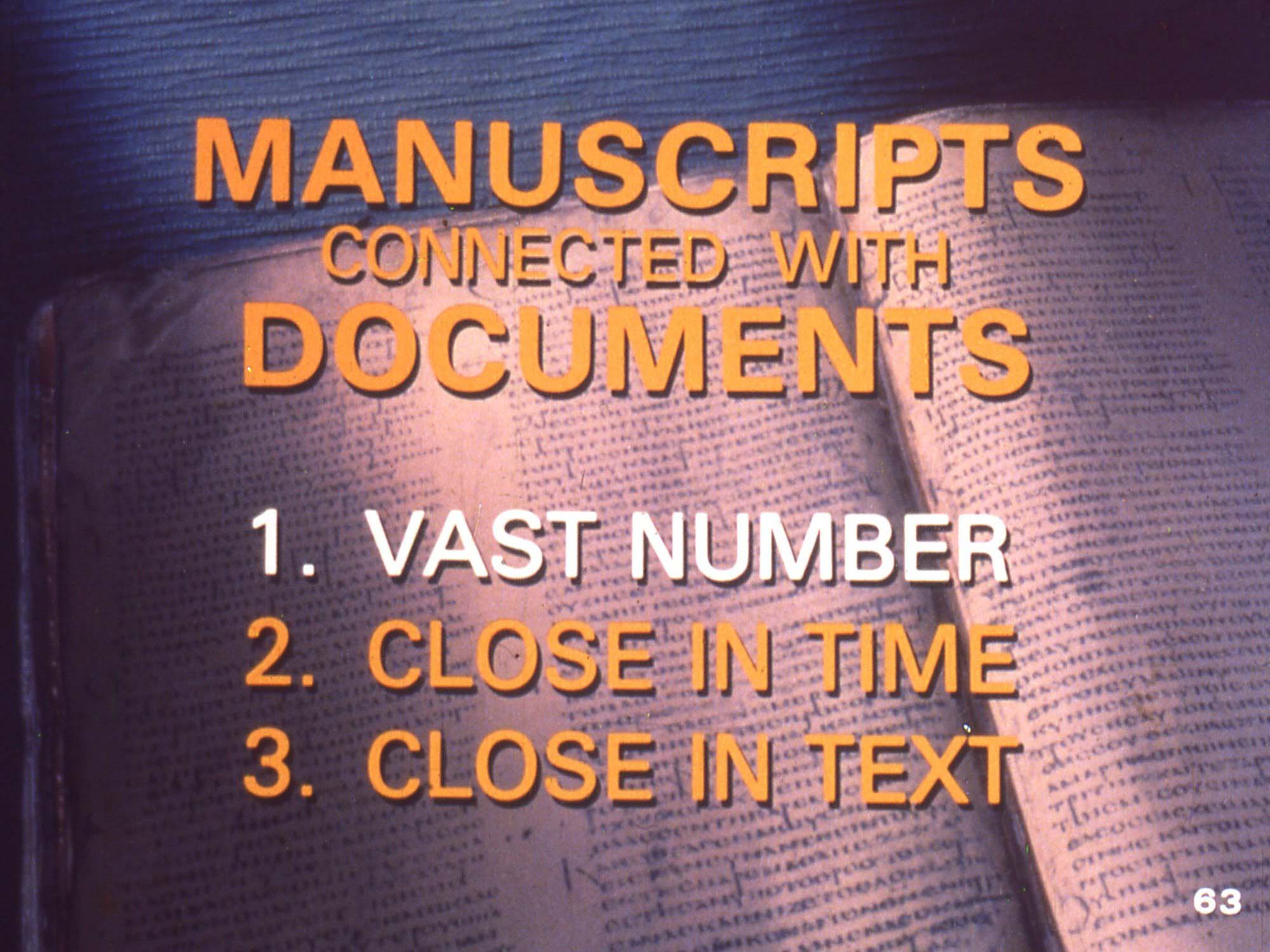
We have seen that a large number of copies of the original documents are available today. The text of the New Testament for example is represented by thousands of copies that range in date over several centuries and come from different places in the world and were even translated into different languages. It is impossible for this great number of manuscripts to be forgeries.
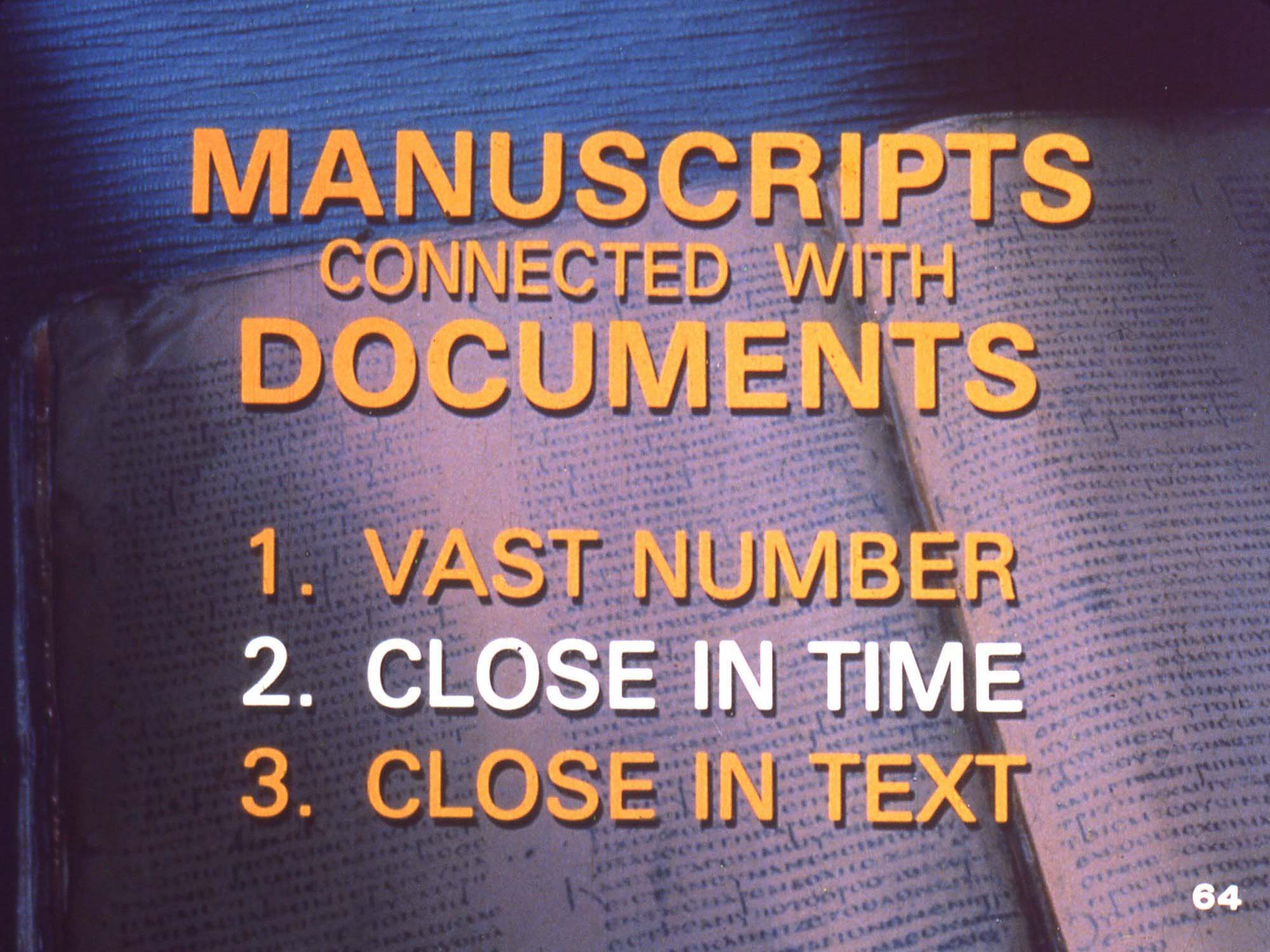
These manuscripts also go back very close to the time that the original documents were written. The short period in time between the writings of the documents and the oldest manuscript copies we have makes the New Testament text quite reliable and puts it in very favorable circumstances.
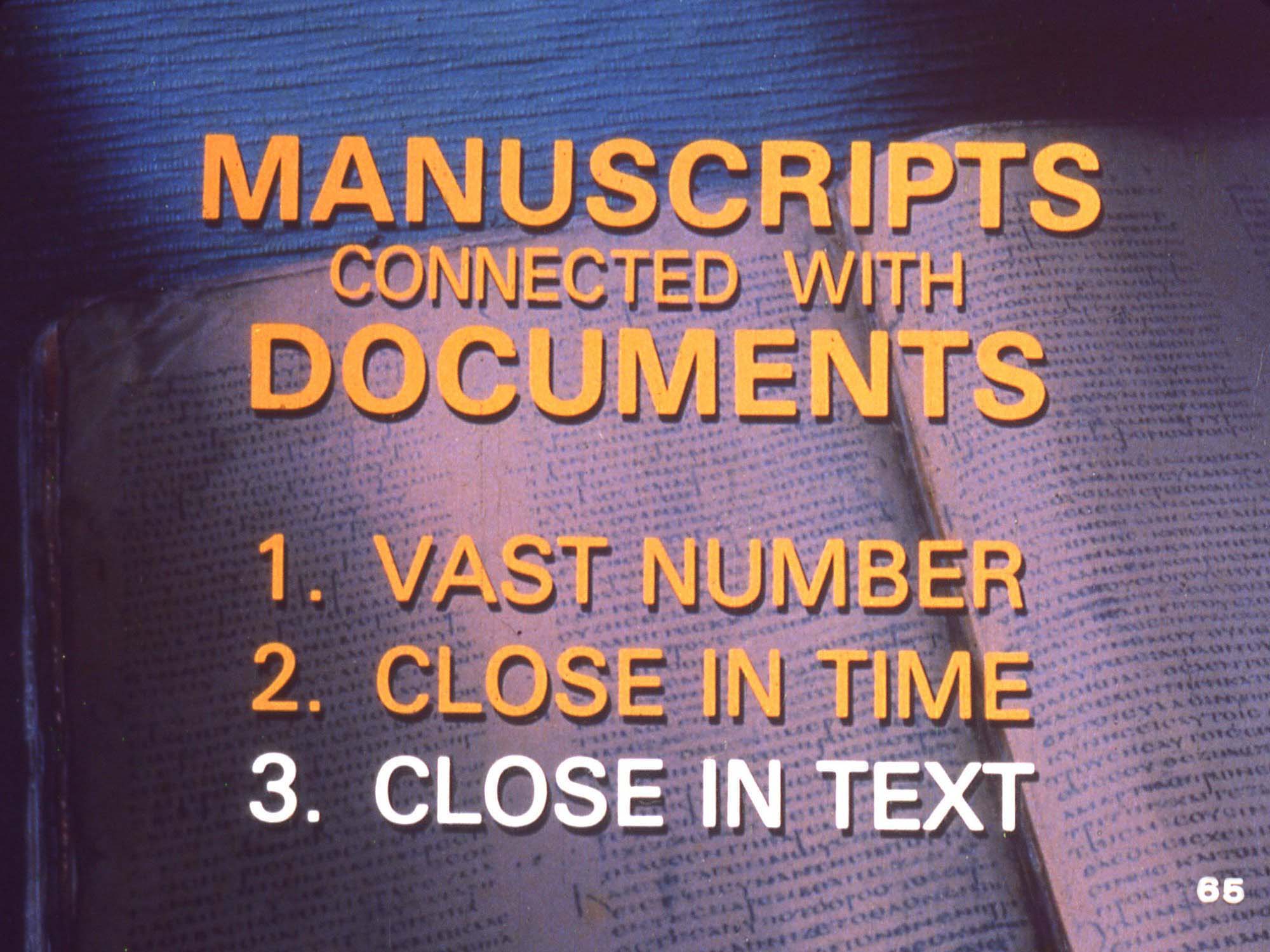
We have also seen in this lesson that the Old Testament text is close in text to the original documents. A good illustration of this is the remarkably well preserved copy of the book of Isaiah of the Dead Sea scrolls. The material in this study of ours points to the conclusion written by Sir Fredric Kenyon, former director of the British museum, He said
The gap in time between the dates of the original writings and the earliest copies that have been found becomes so small it seems insignificant. The last foundation for any doubt that the scriptures have come to us substantially as they were written has now been removed.He concludes on this subject by saying that
Both the authenticity and the general integrity of the books of the New Testament may be regarded as established.Our study of the original documents helps us understand why scholars today are so confident about the reliability of the Bible text.
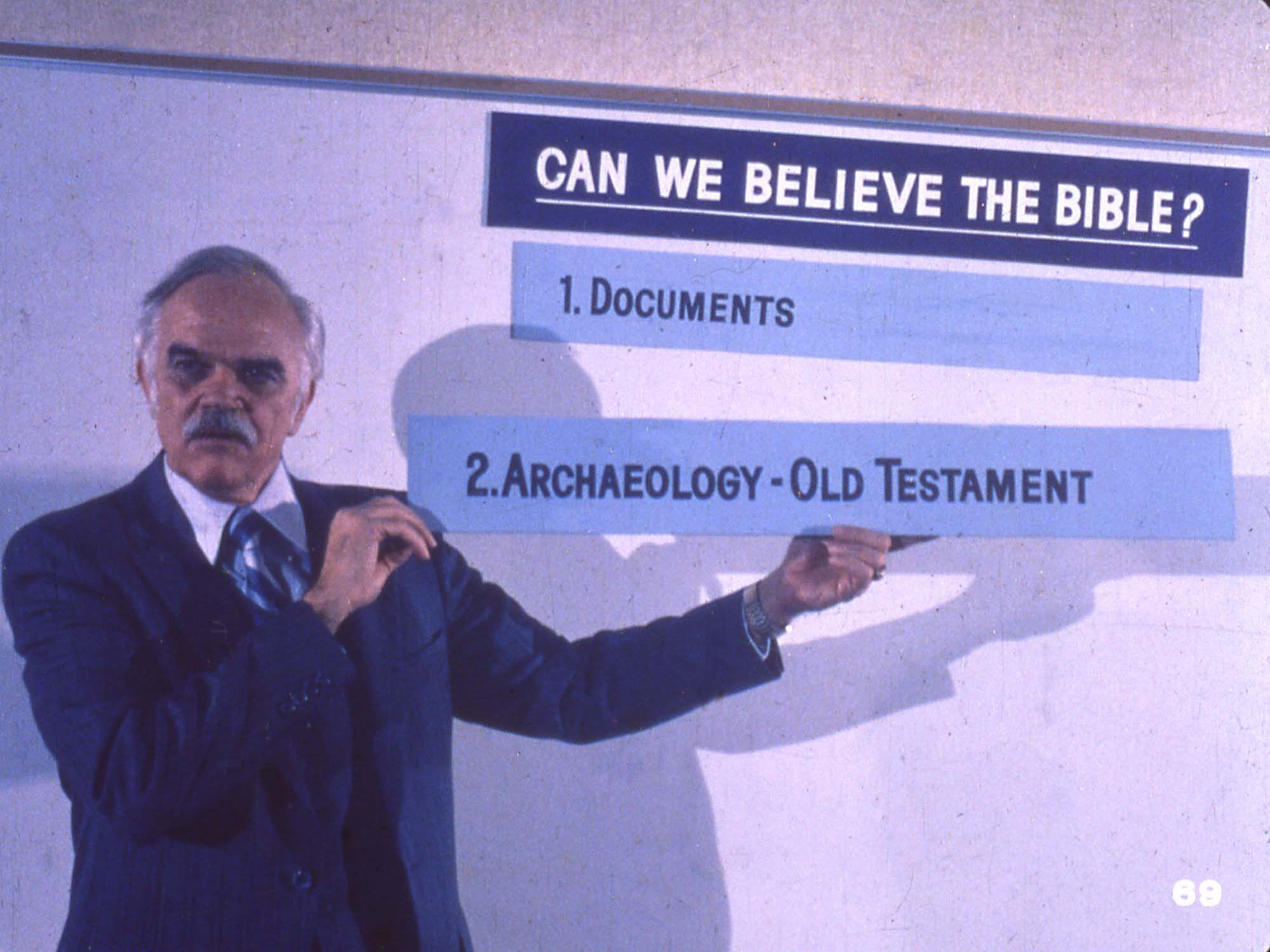
"Archaeology- Old Testament” will be our next topic. How does the Old Testament stand in the view of recent investigations? Can we really believe the Old Testament? In our next lesson we will answer these and more questions!
Original text and slides from "Can We Believe the Bible?", ©1983 Gospel Services, Inc. Used by permission. Various edits and new audio recordings by the Bible Study Center 2006-2014.
